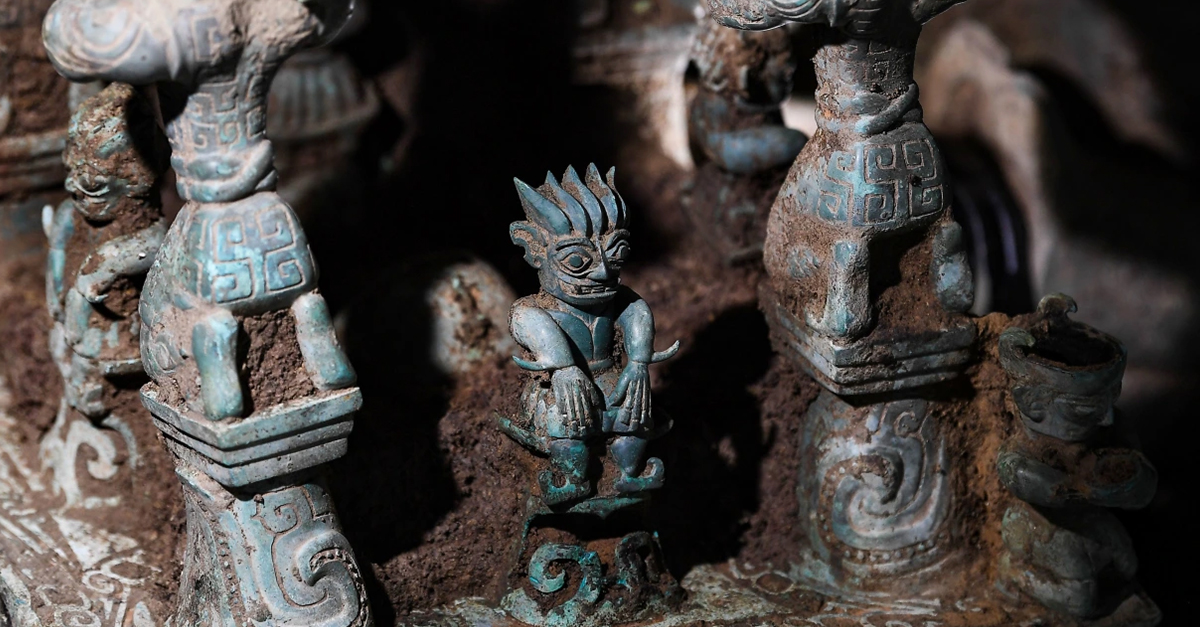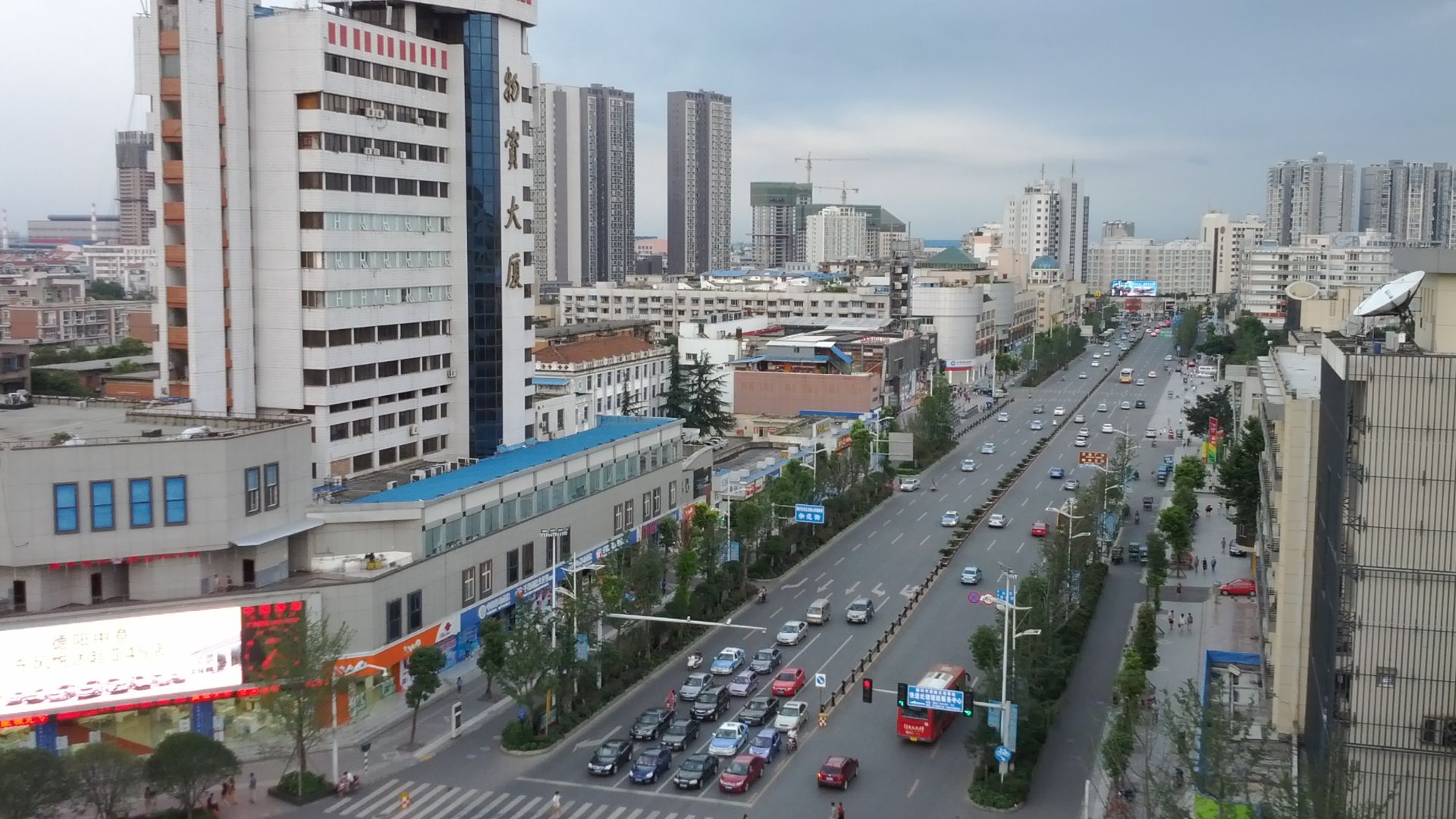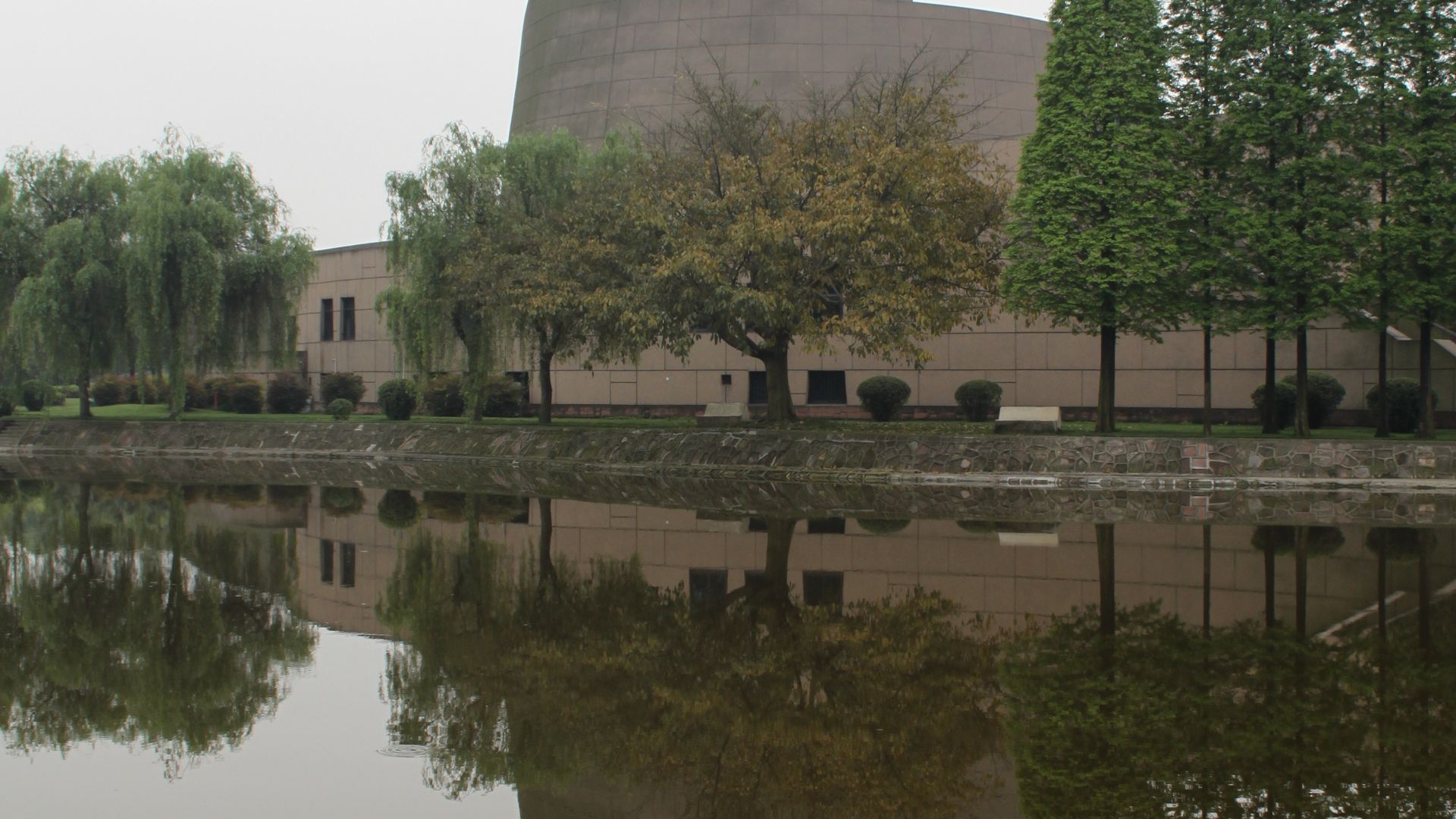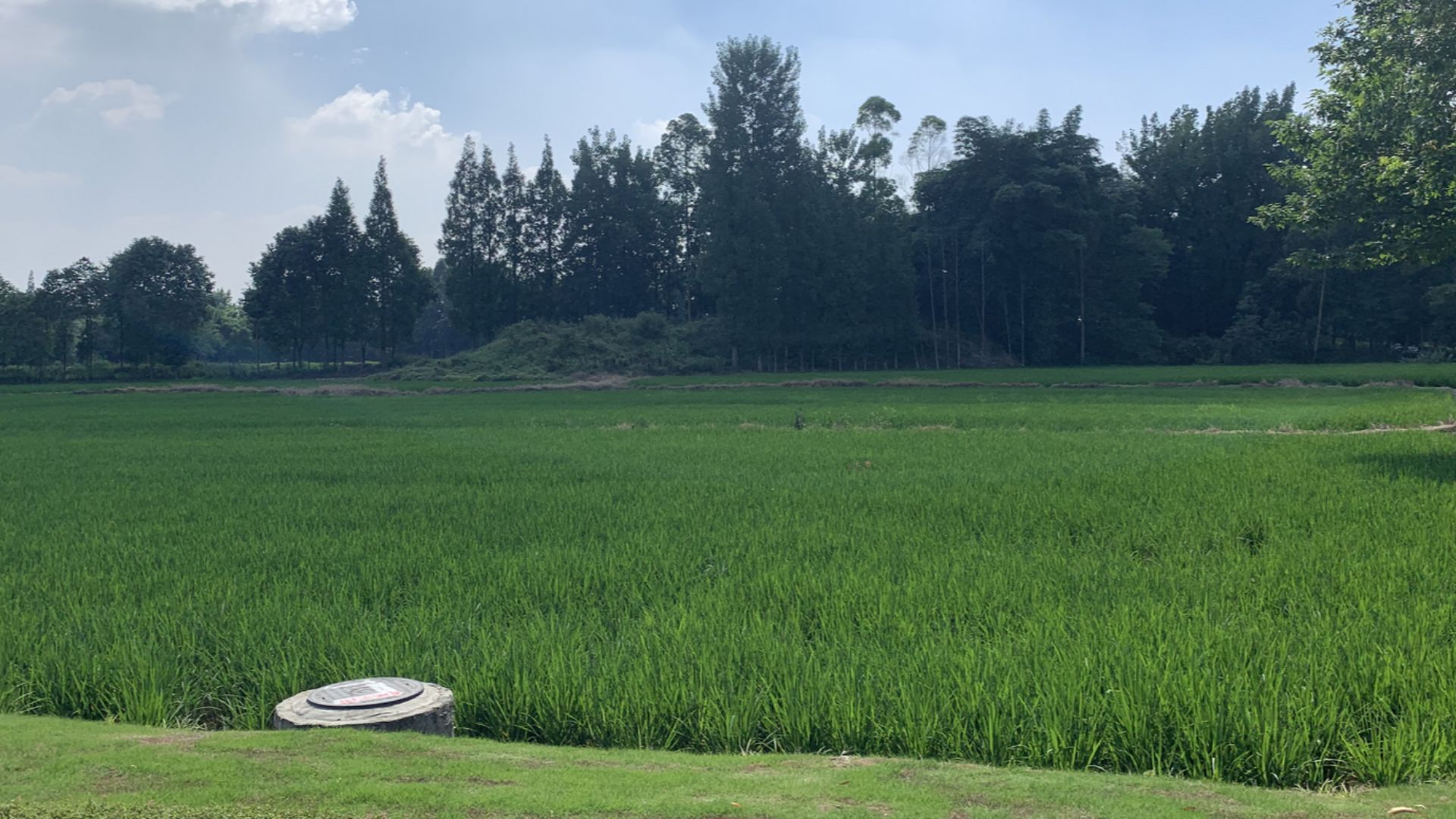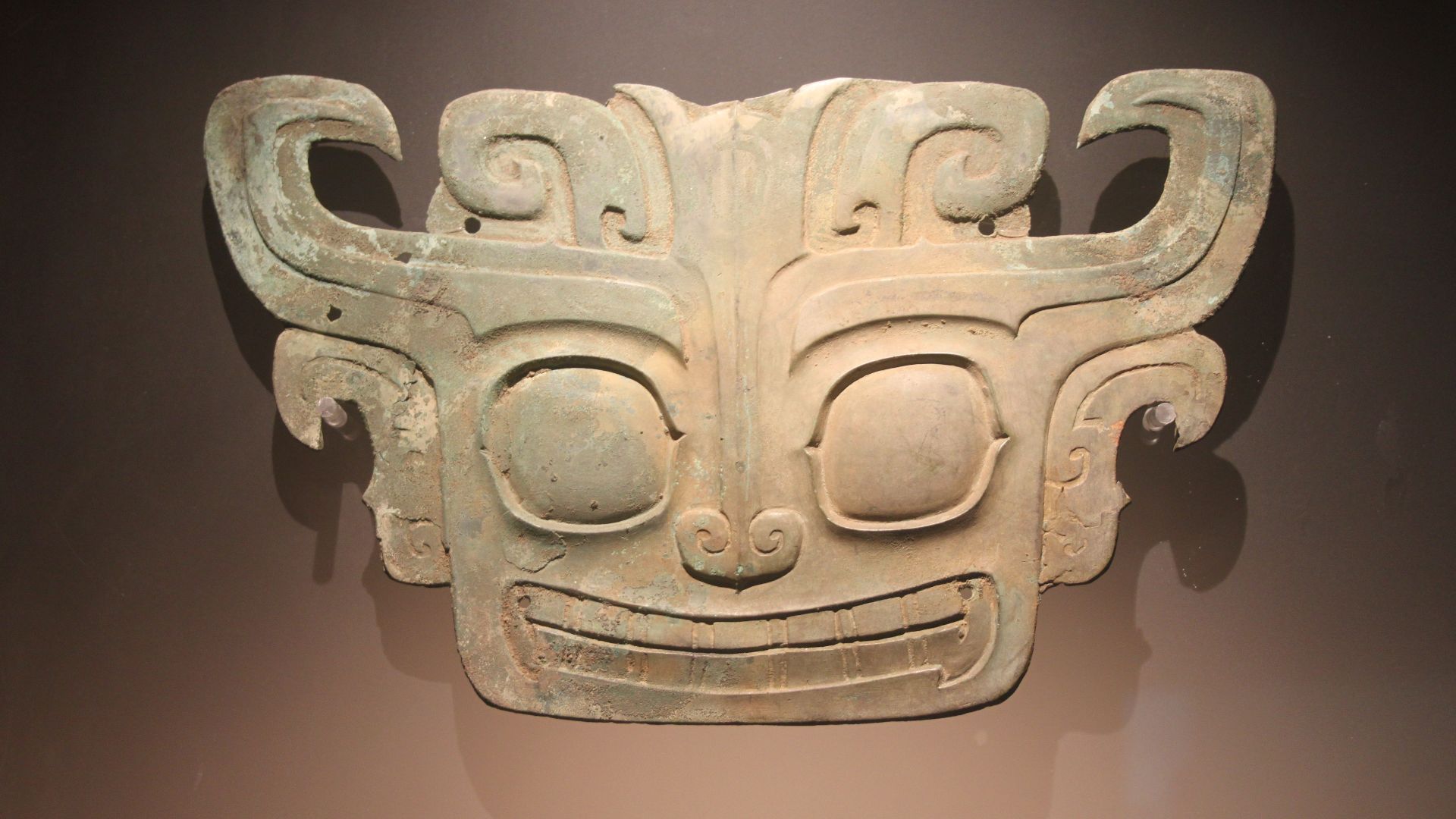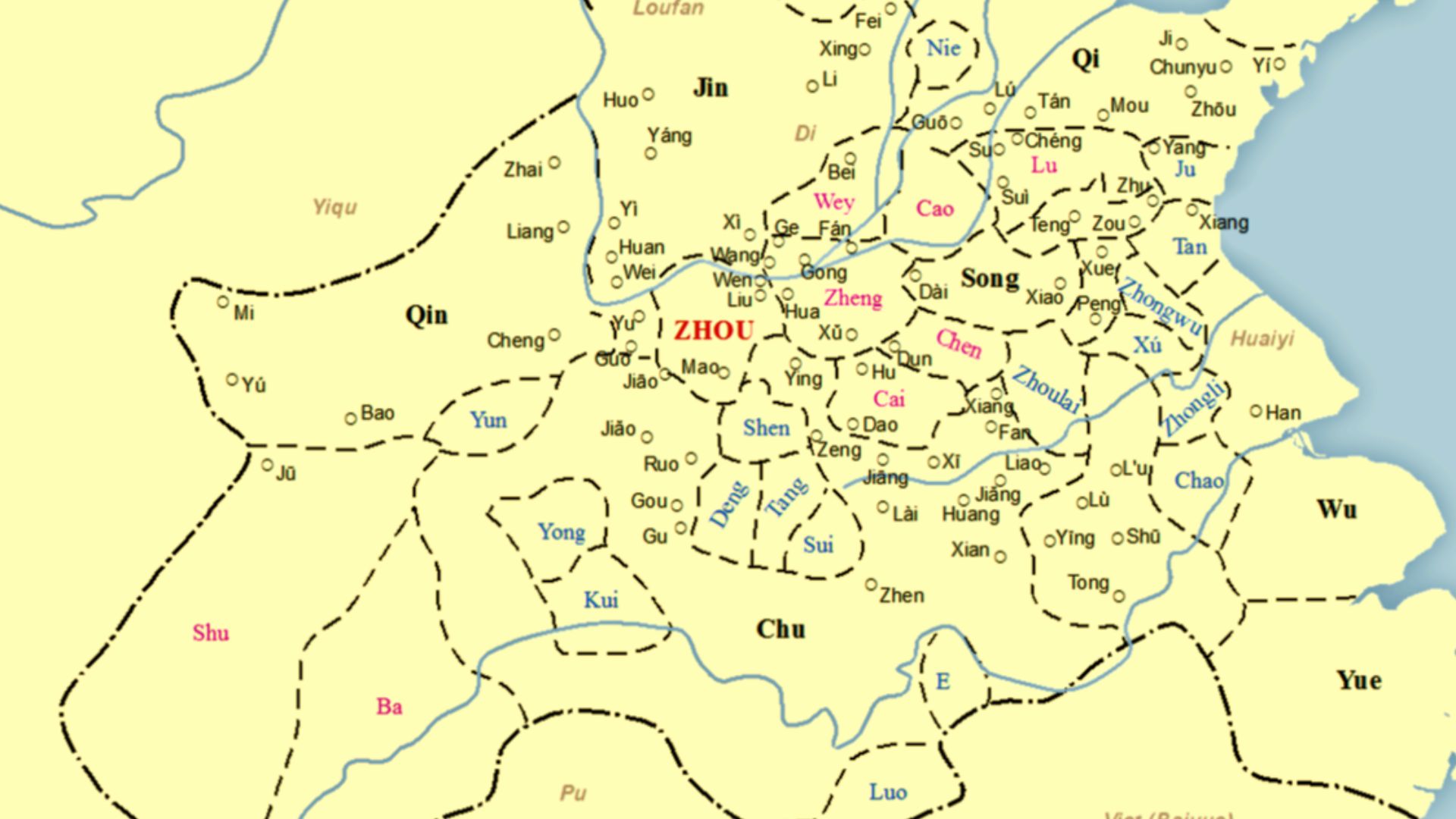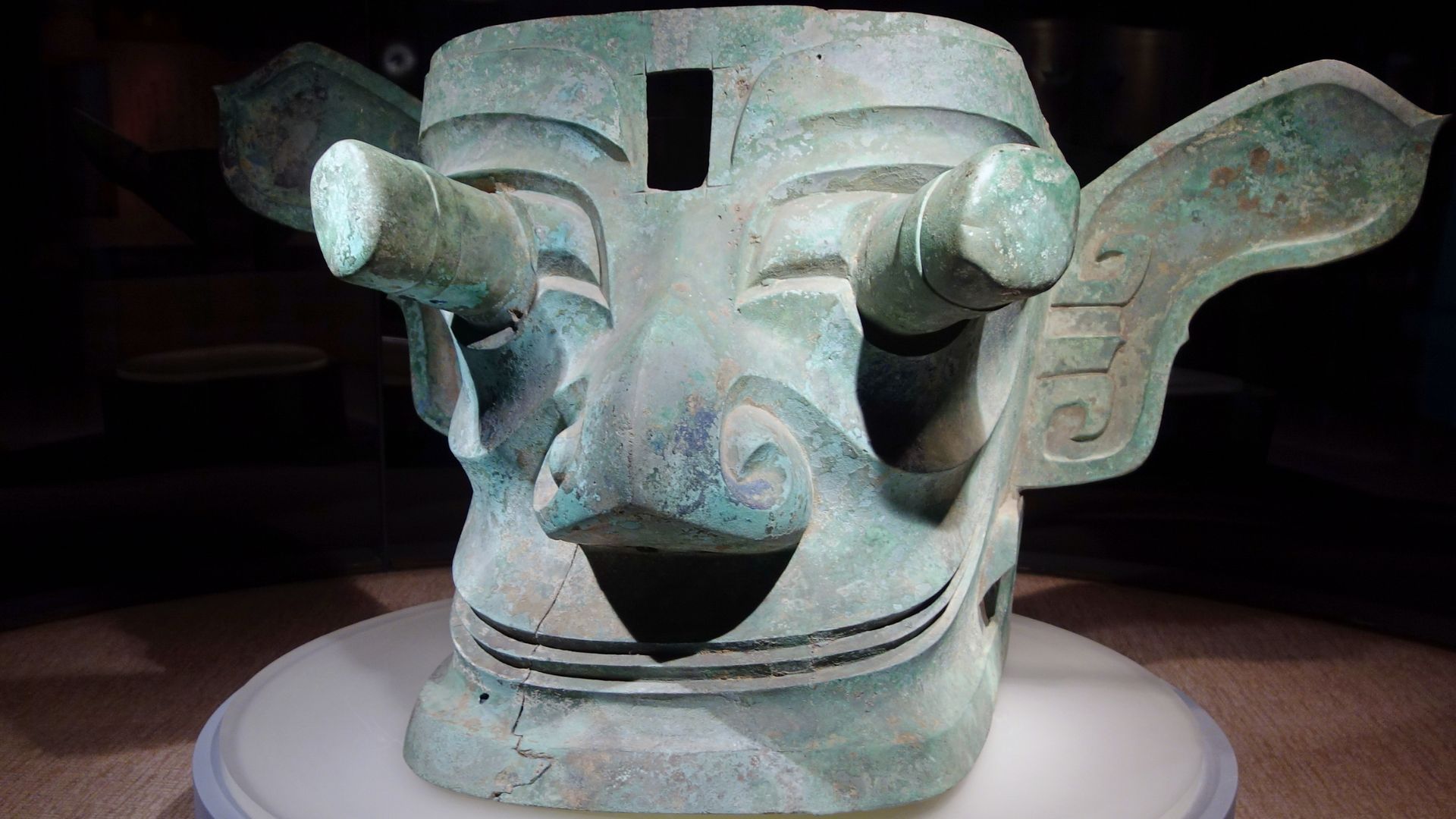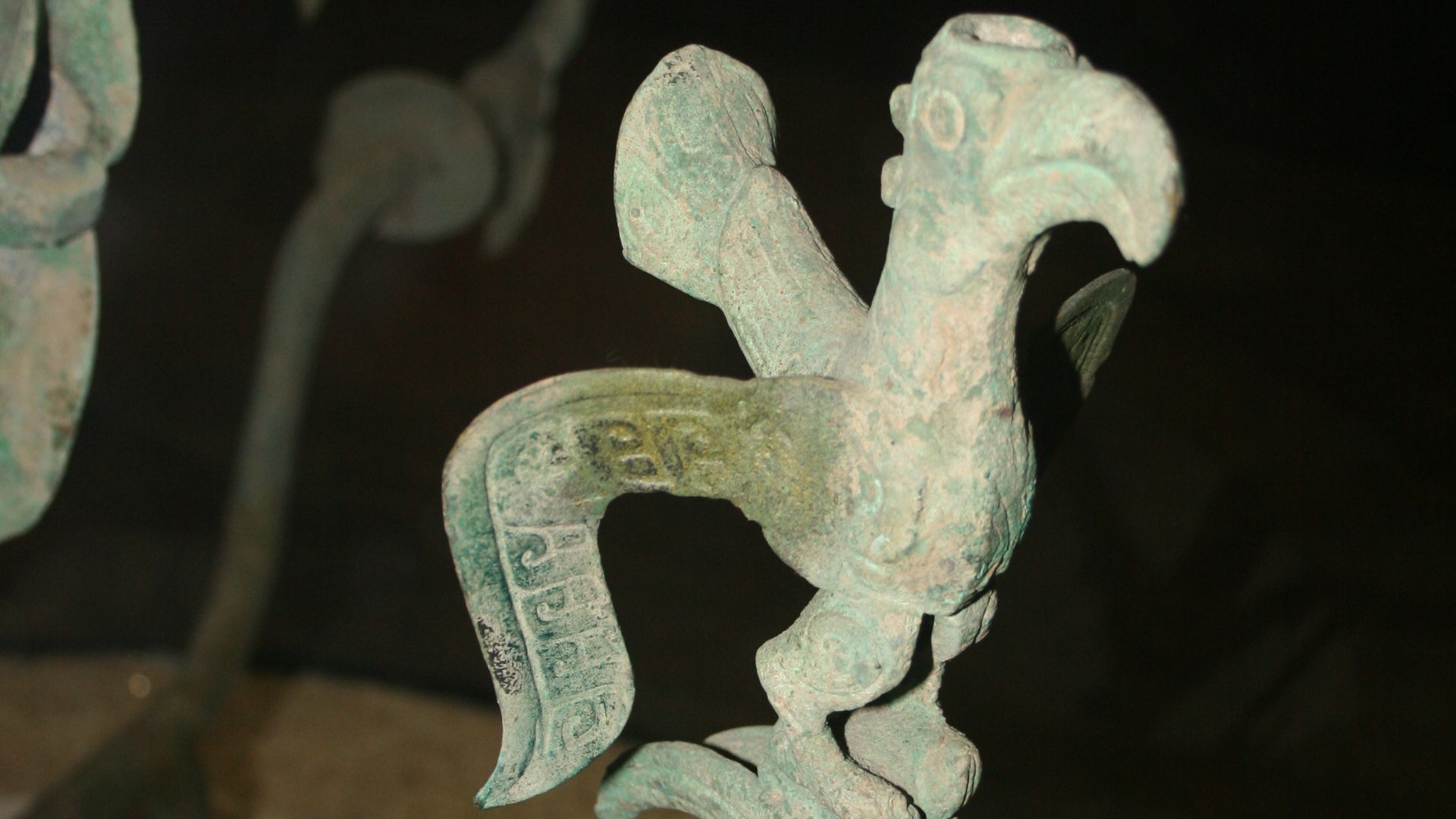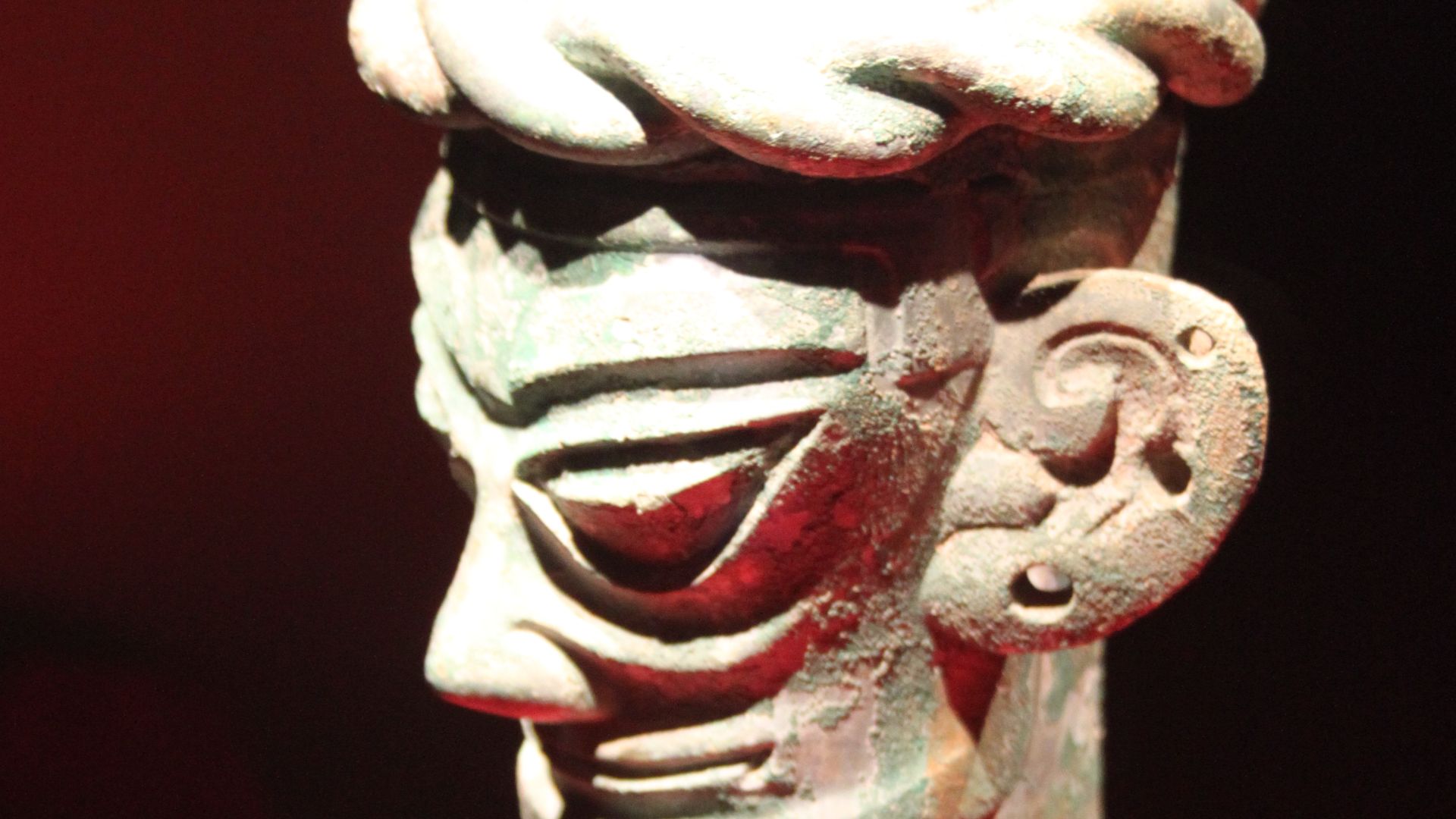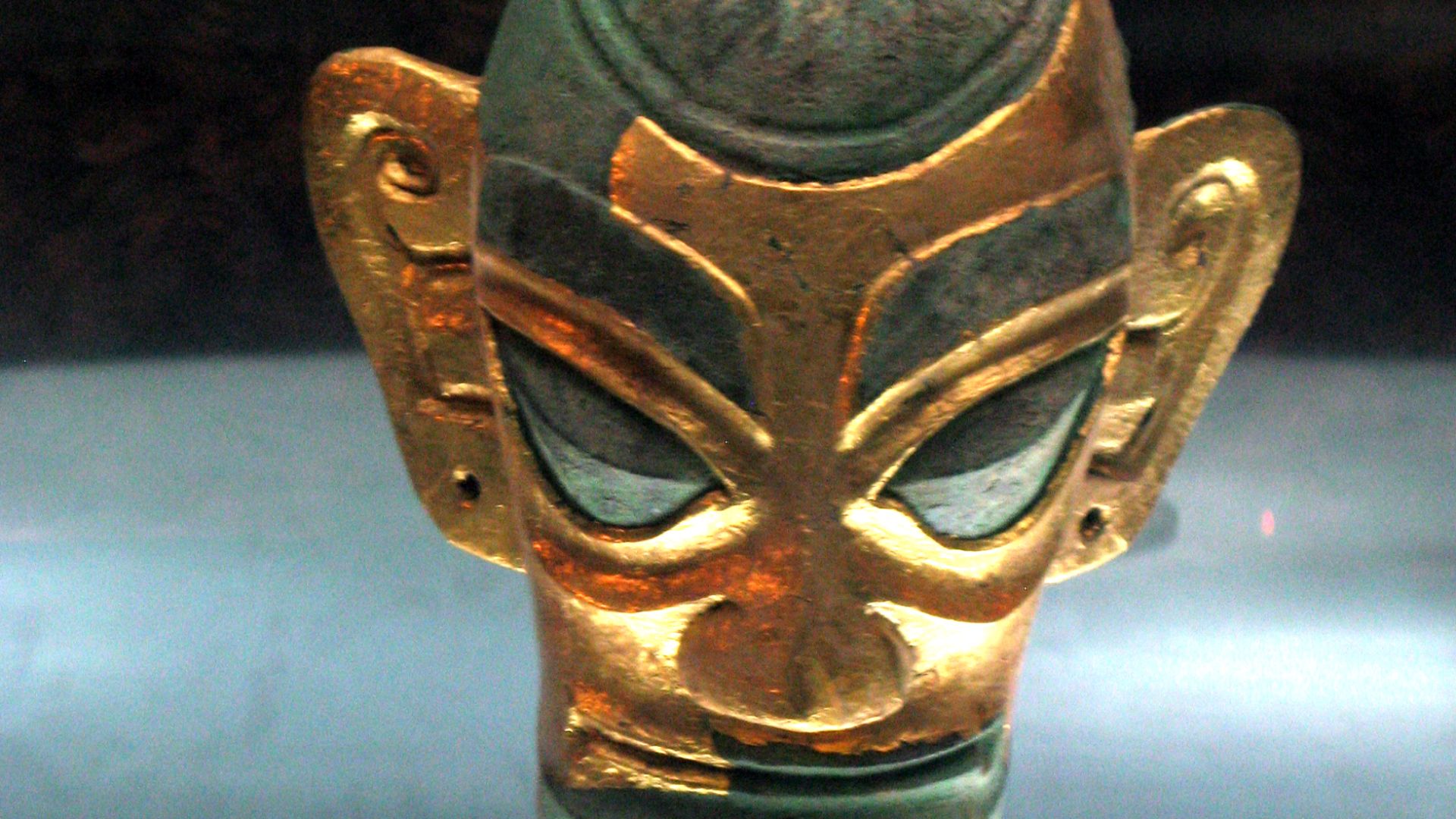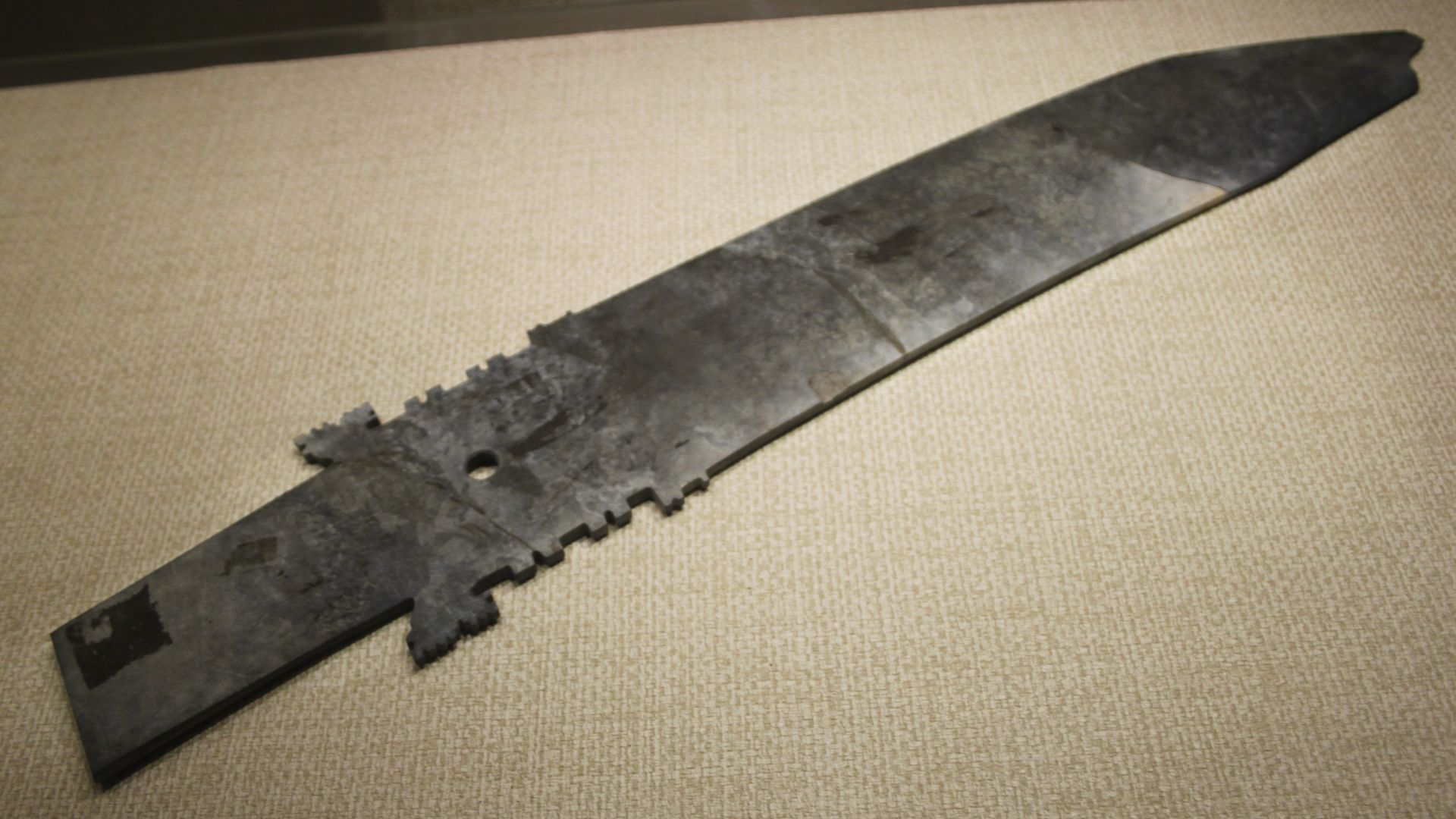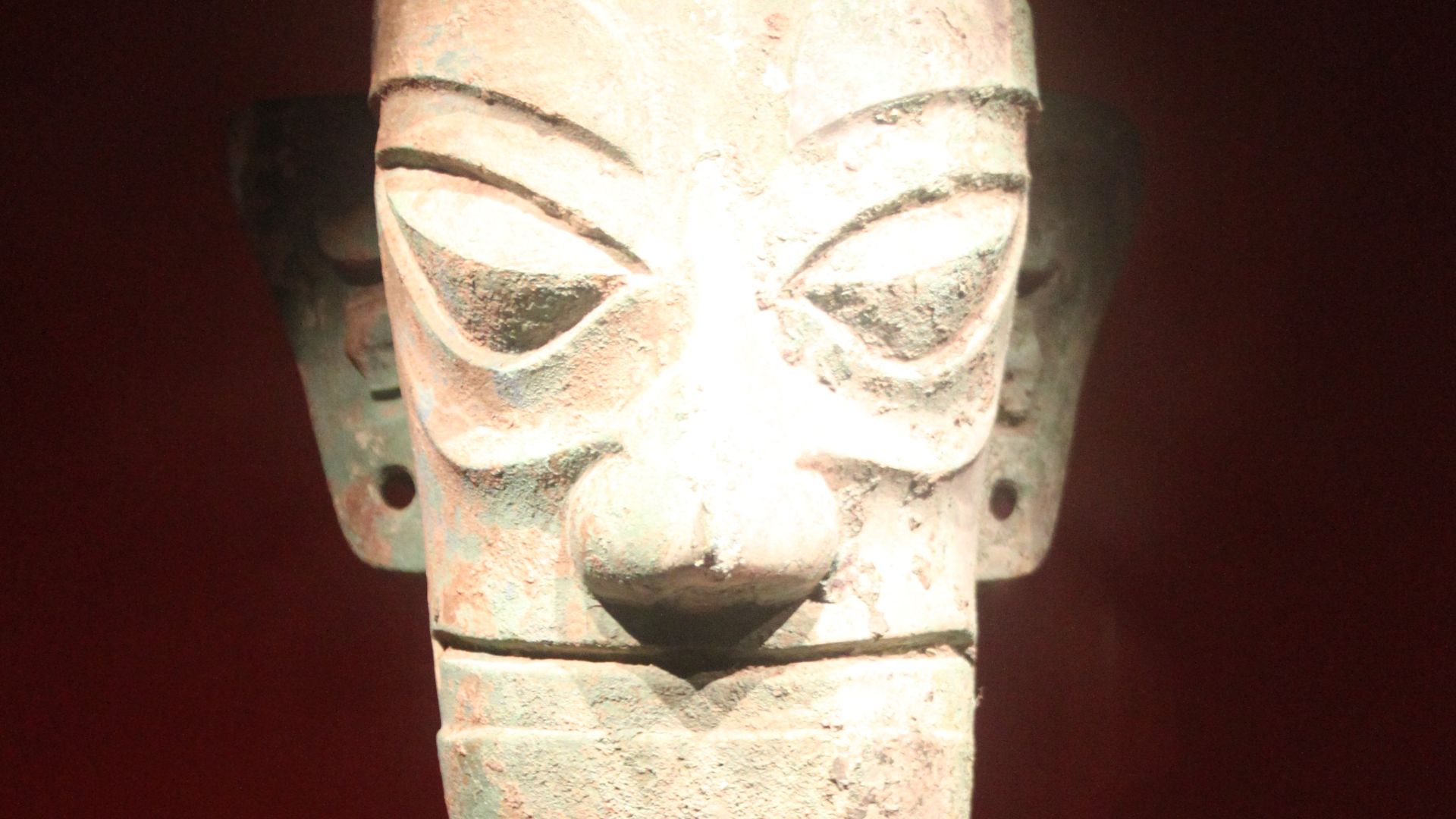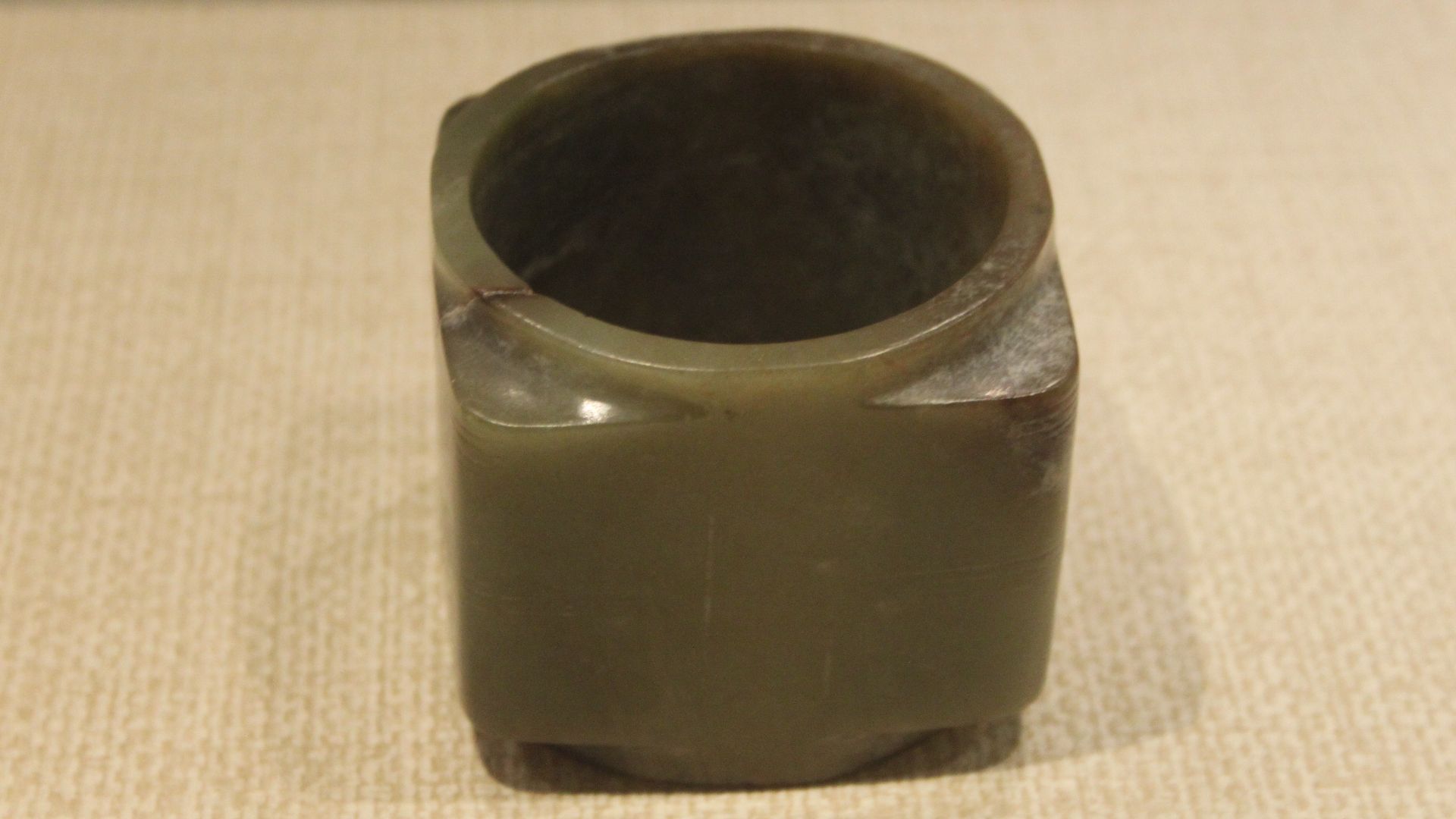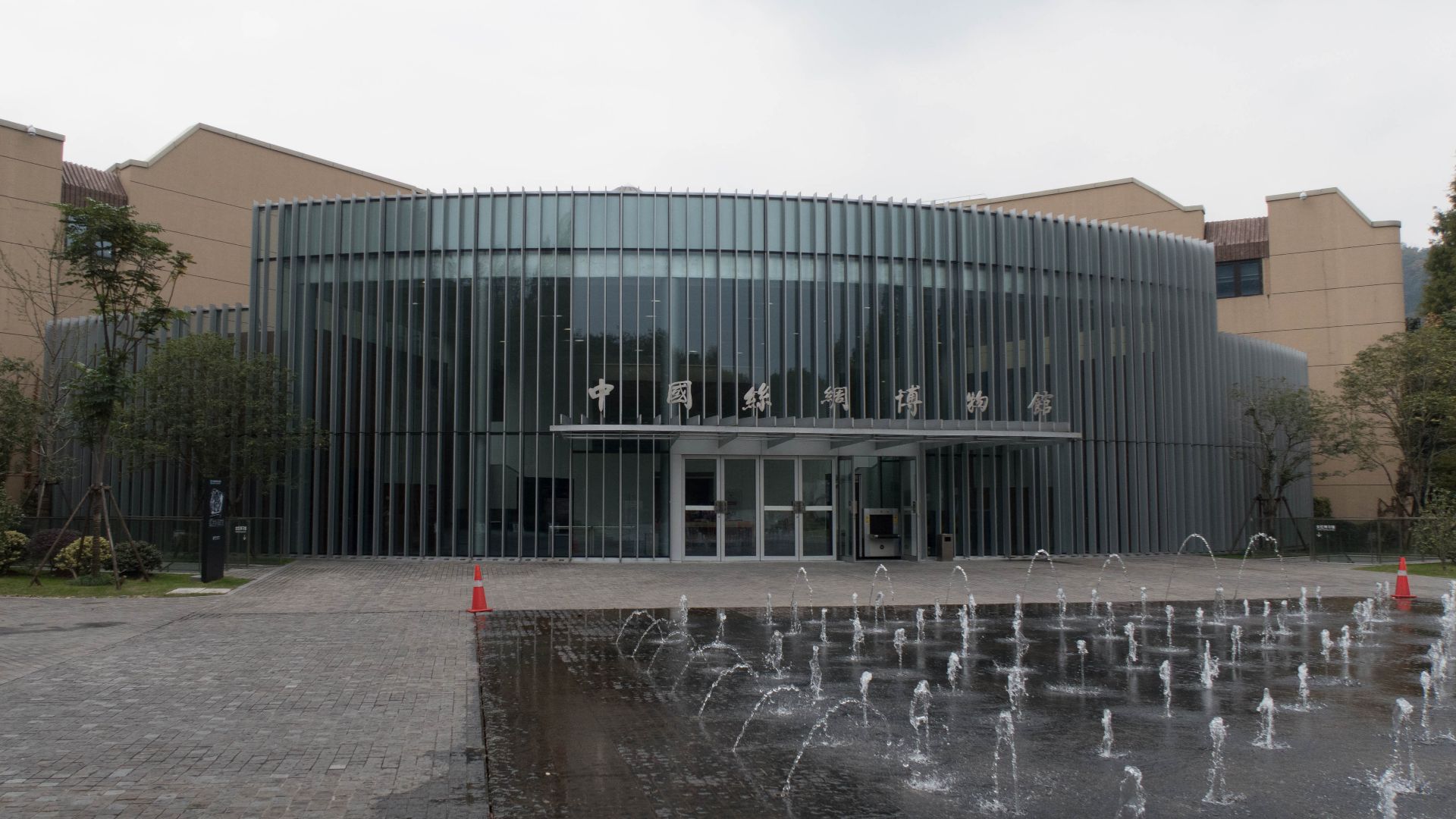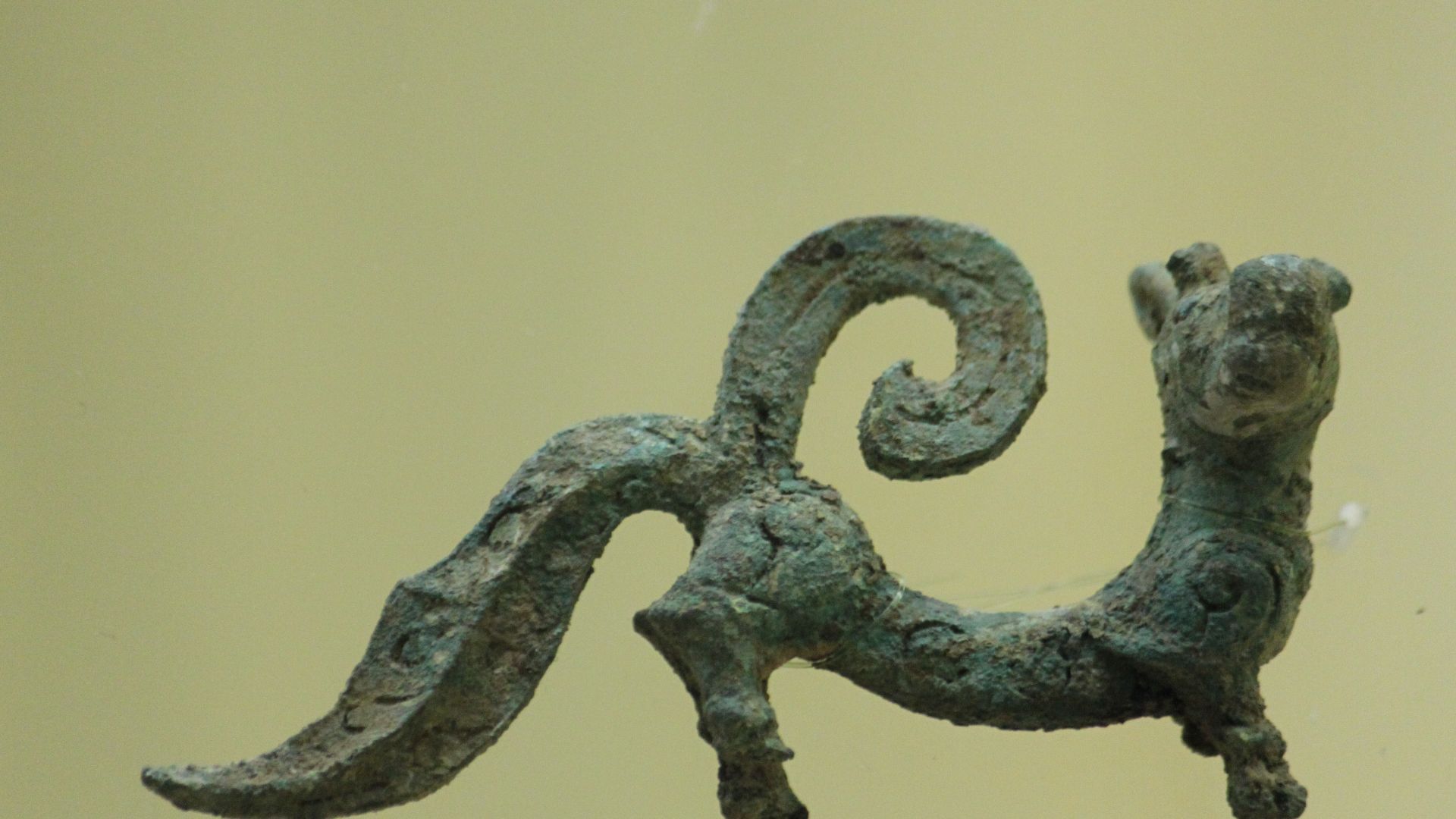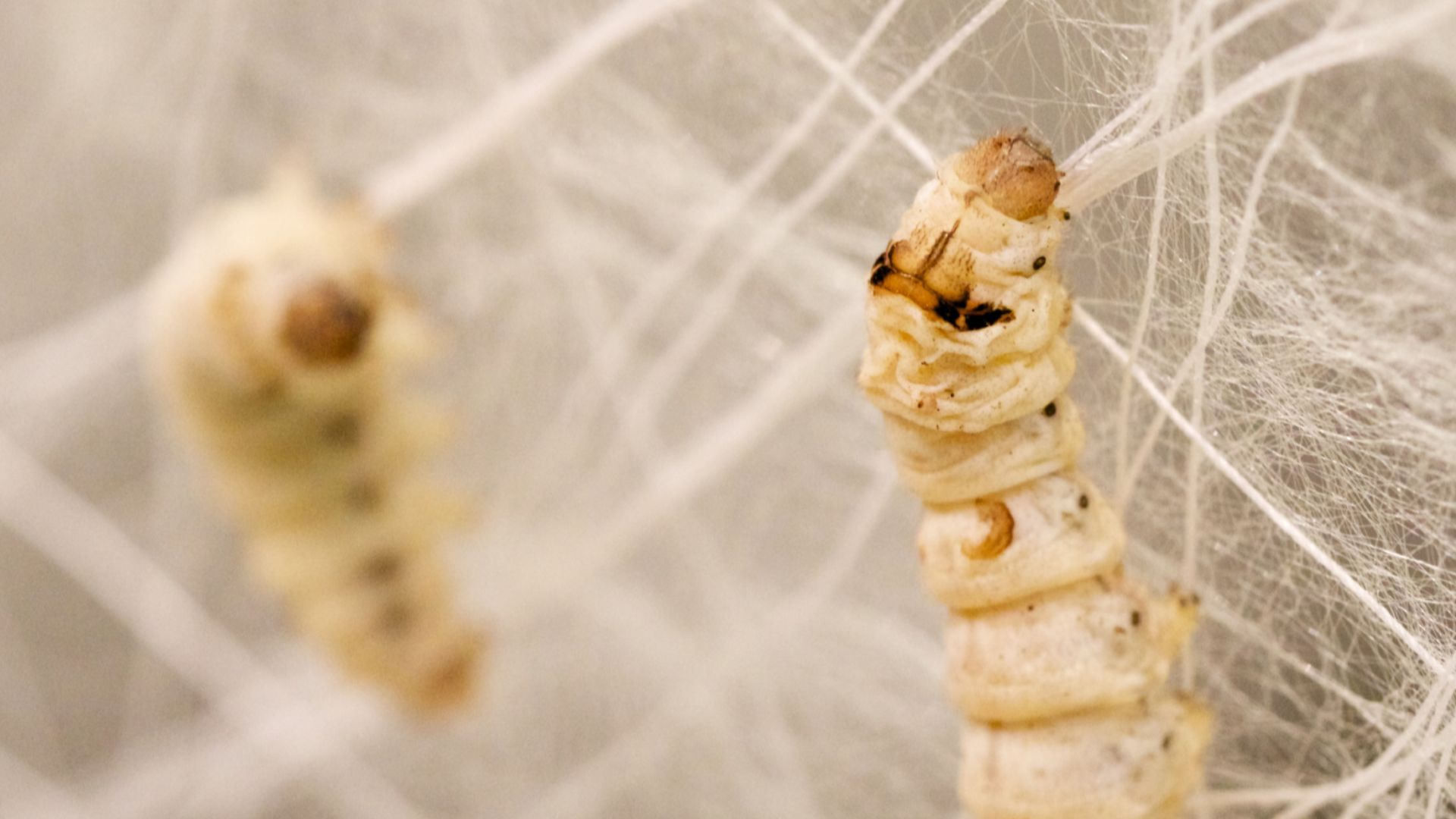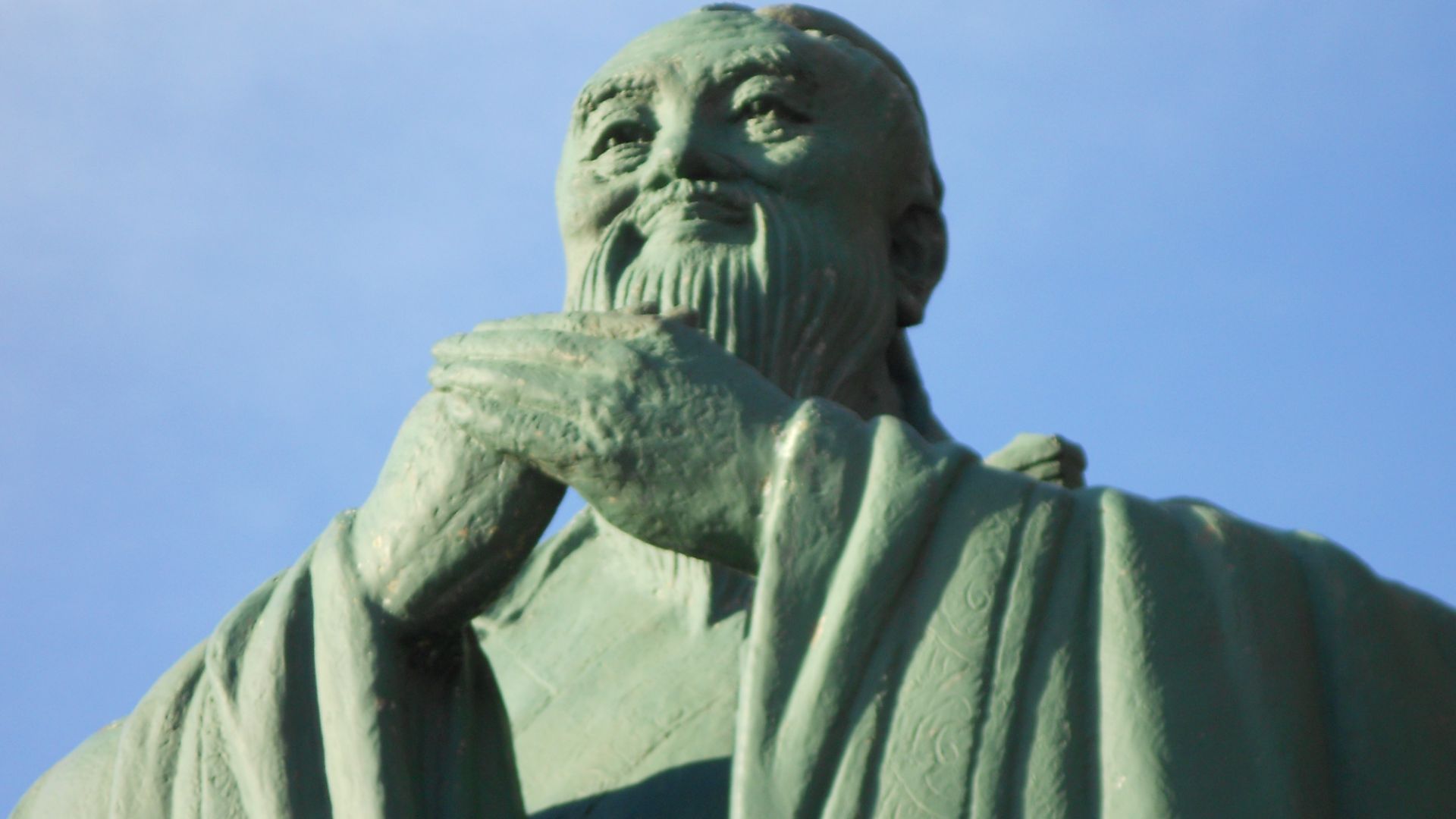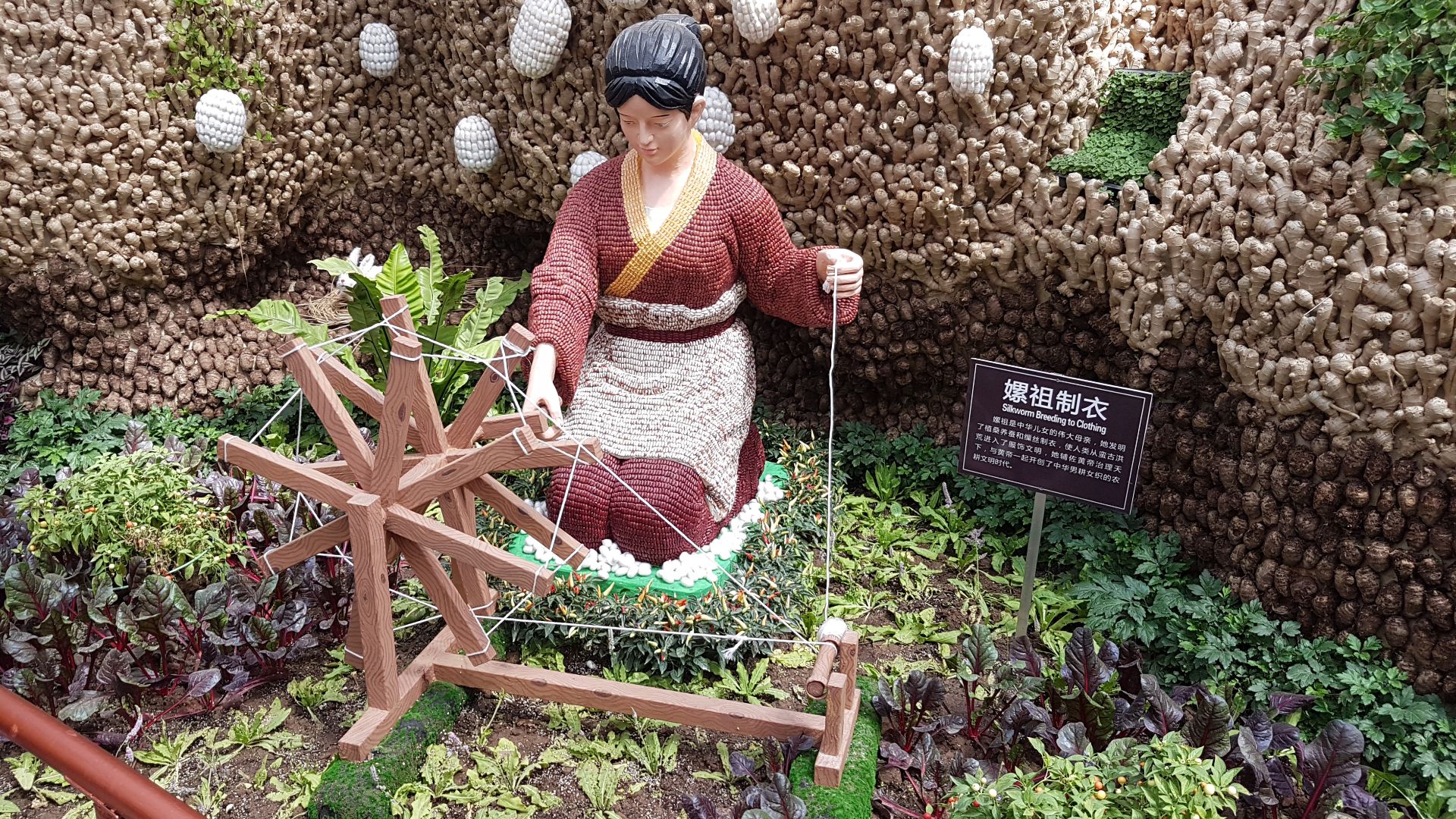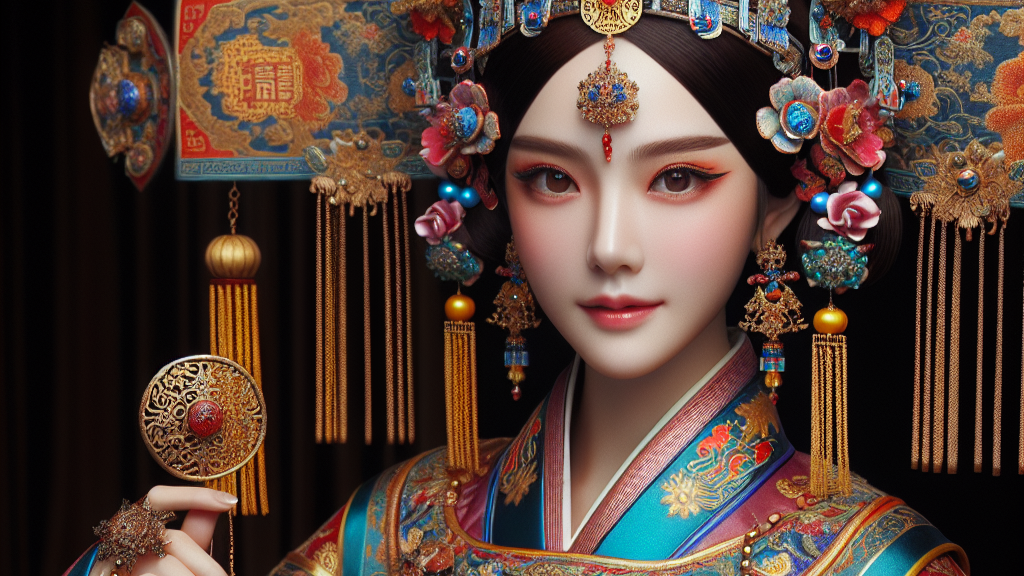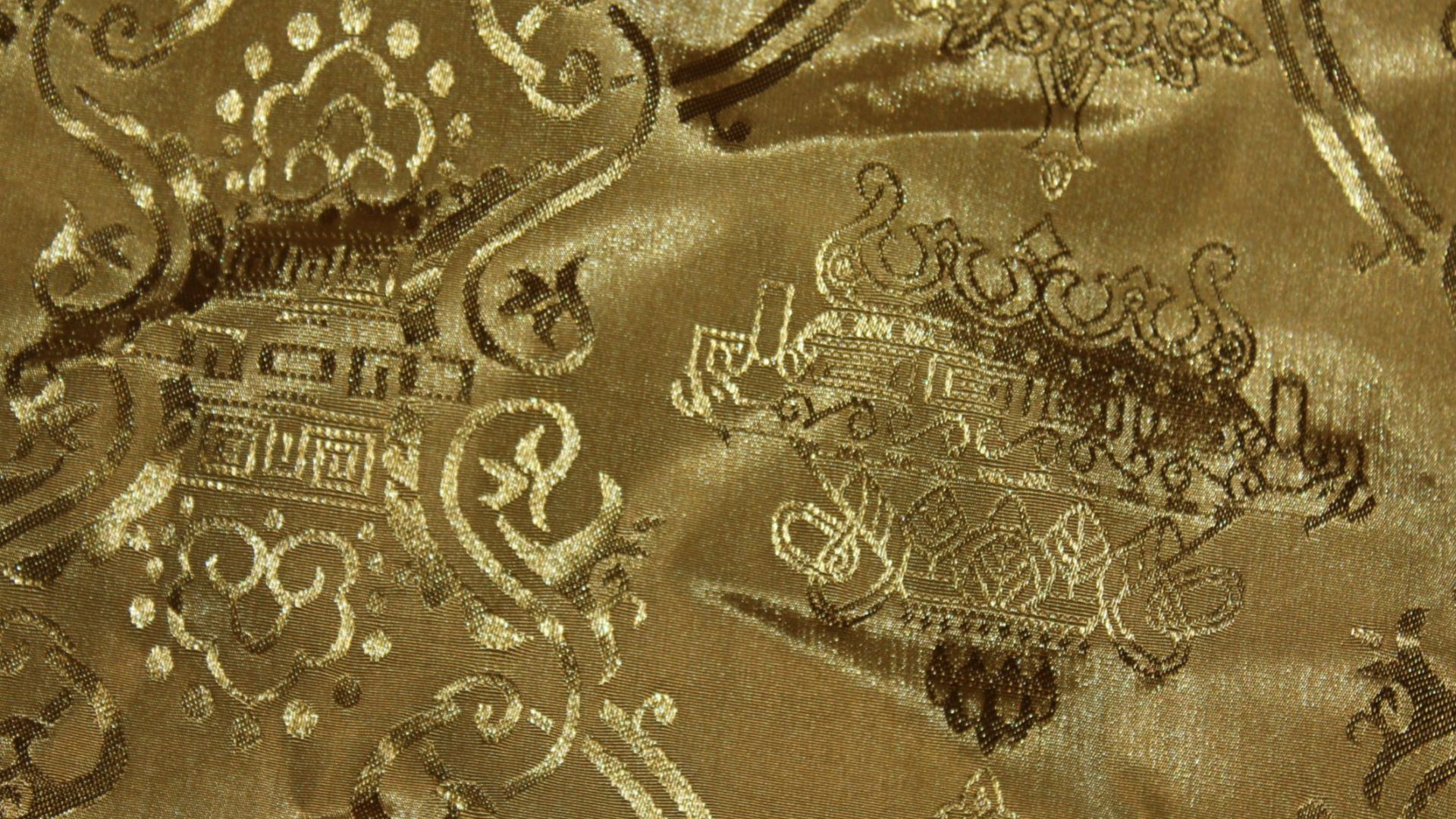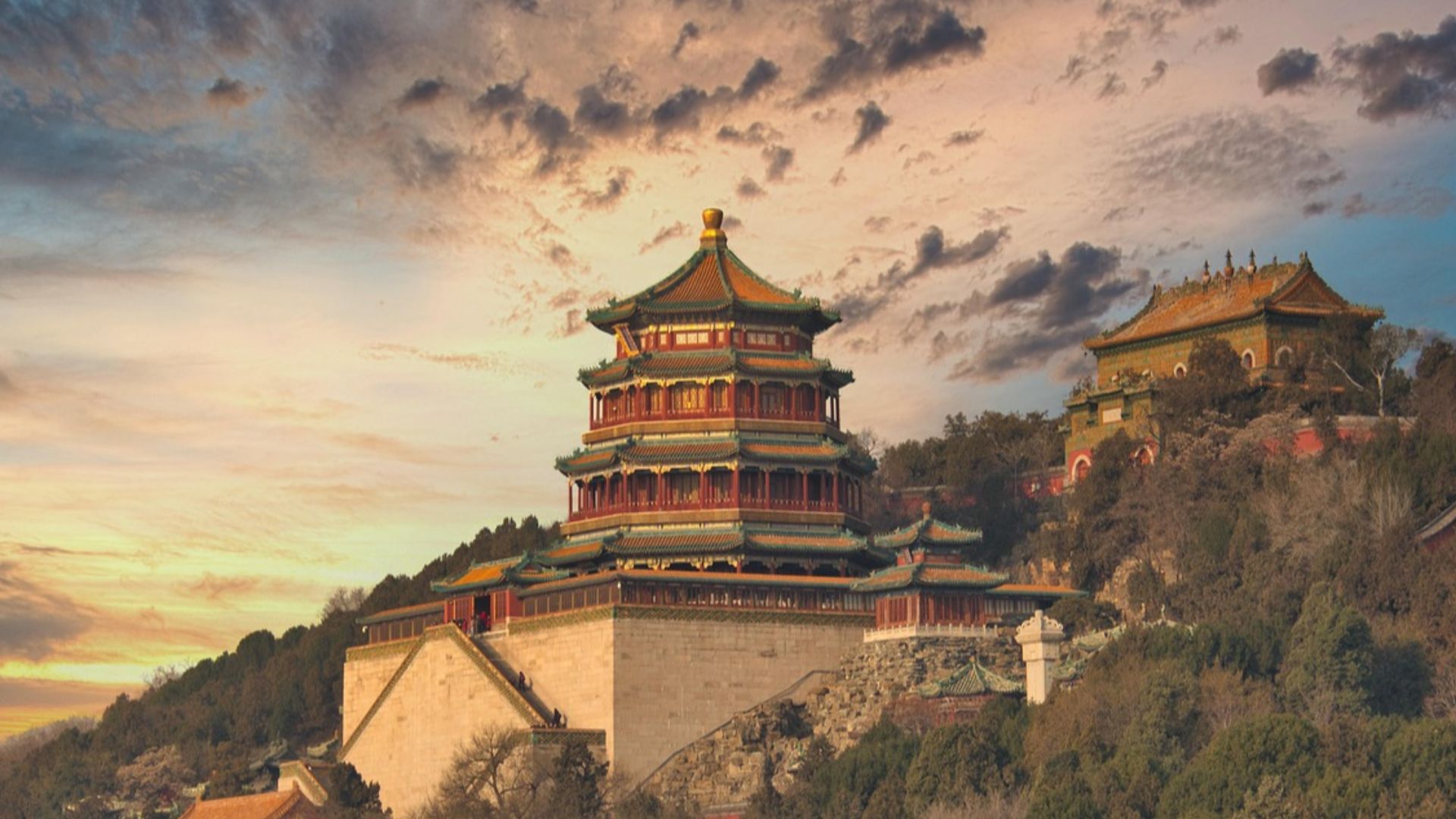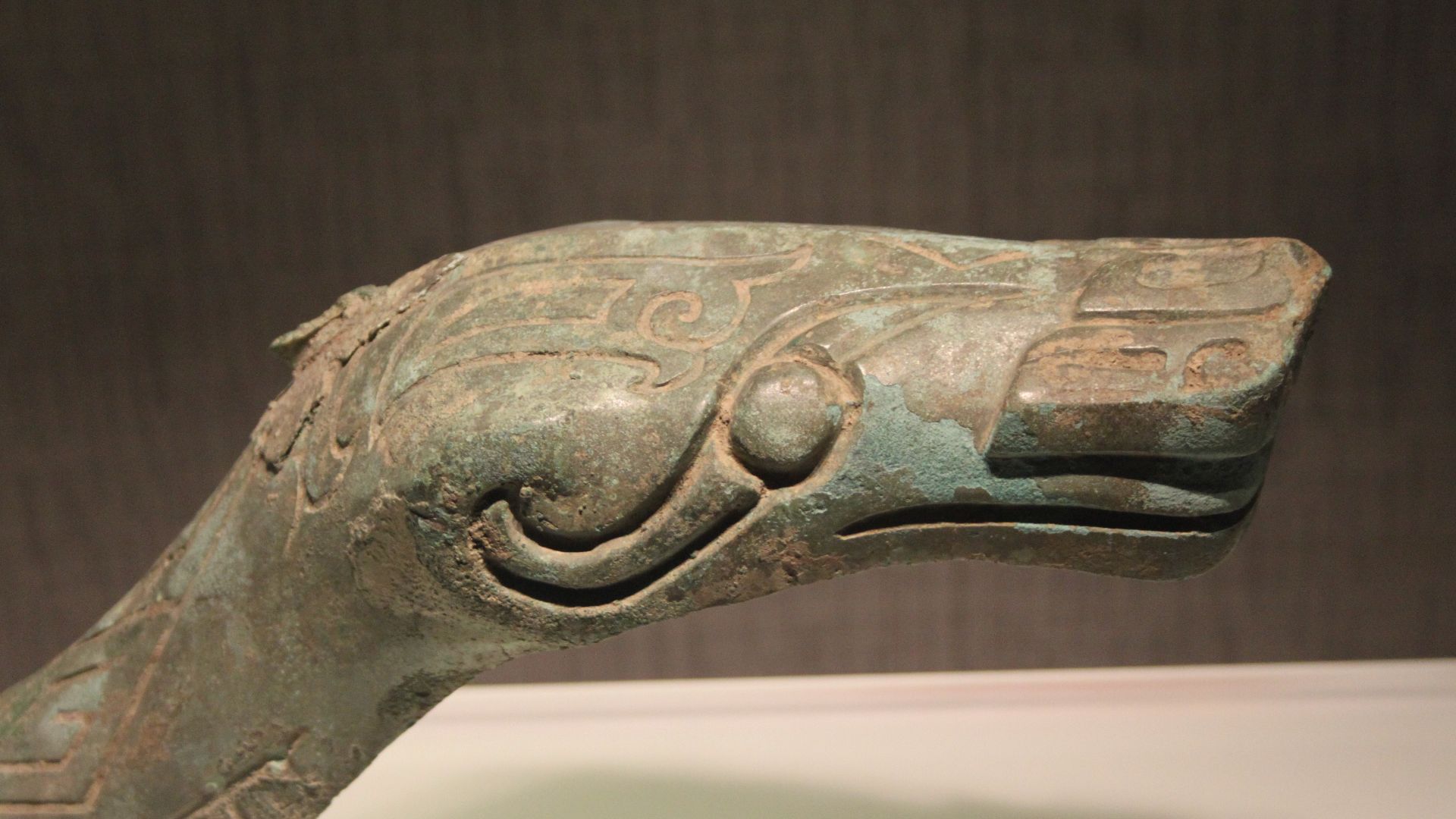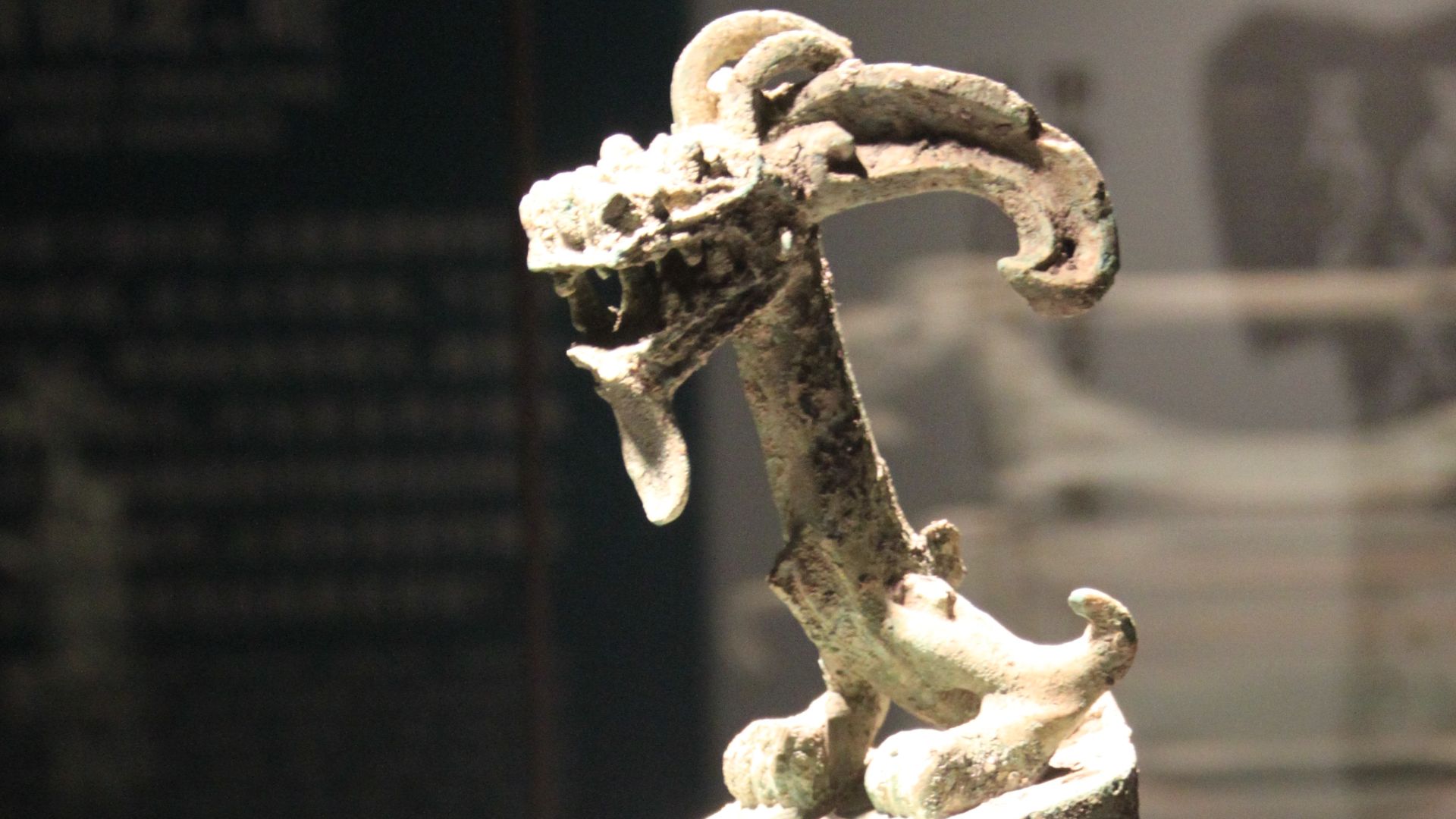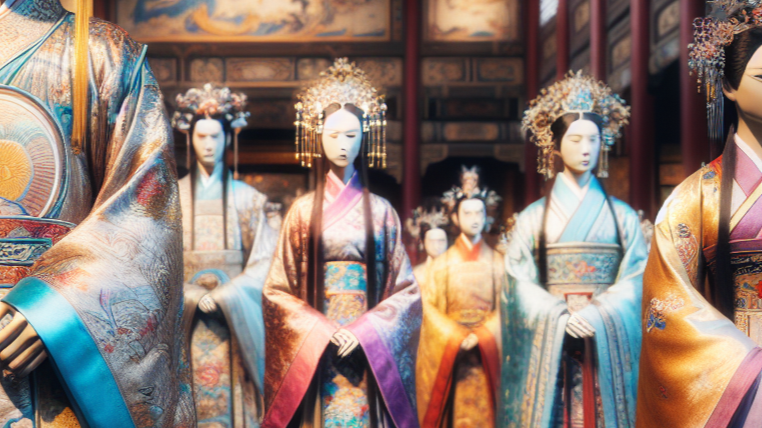Uncovering New Depths To Humanity
The Sanxingdui sacrificial pits are among the many sites benefiting from new archeological and scientific techniques. Here, researchers have discovered many details about ancient humans who lived in China, including one new aspect. The specifics of what they found are shocking.
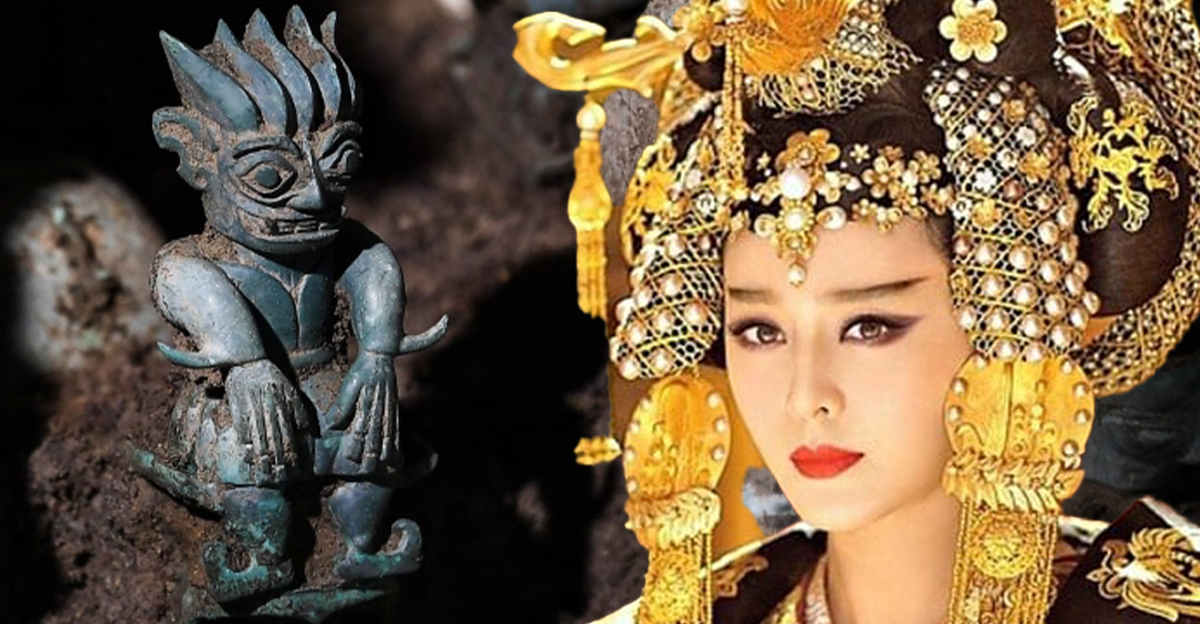
A Site Of Continuous Interest
The Sanxingdui site dates to the late Shang Dynasty, around 1600-1100 BCE. For years, the location has interested researchers, as its eight sacrificial pits continue to reveal more about the ancient inhabitants of the region.
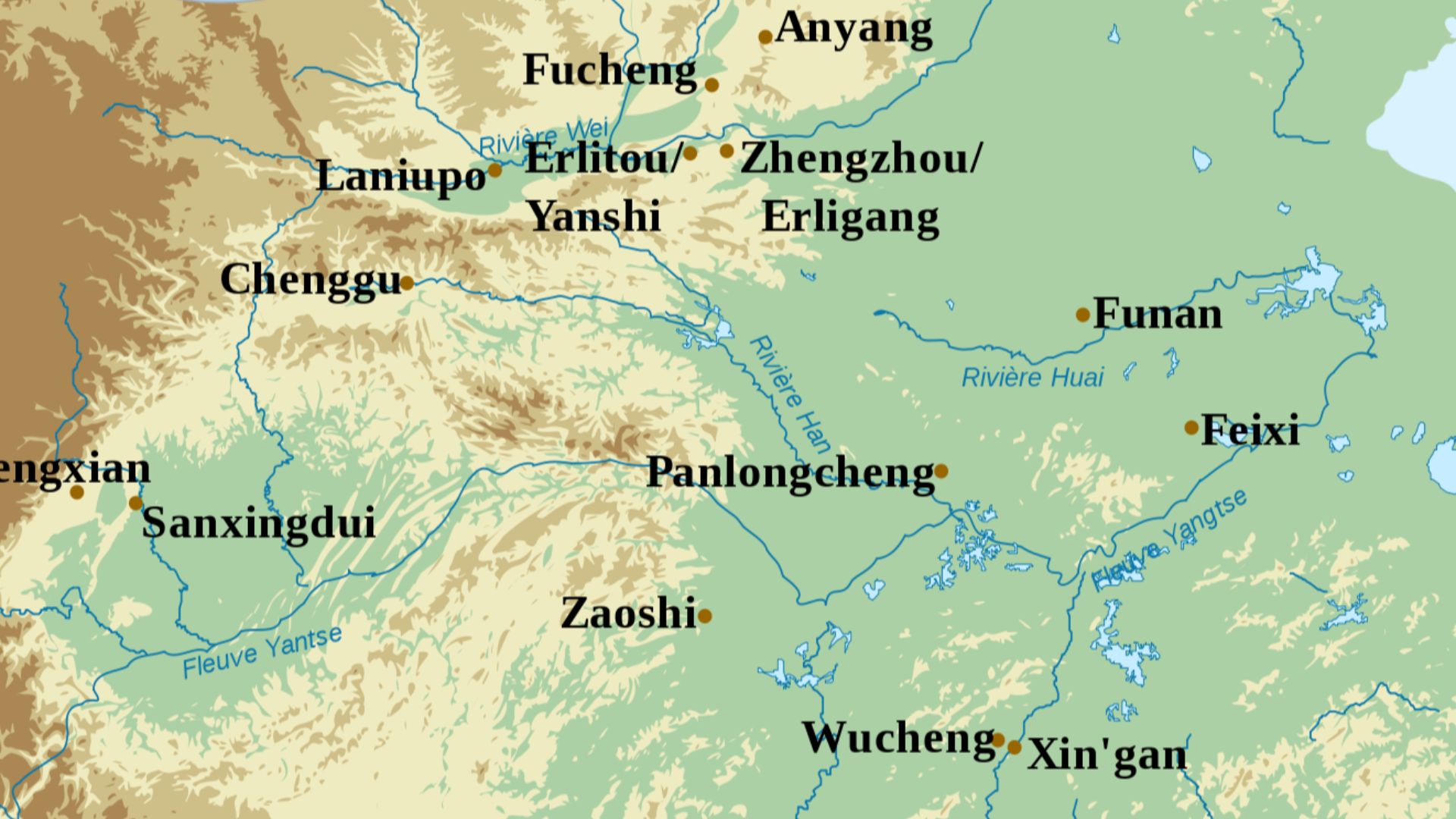 Shang sites.svg: Zunkir
derivative work: Miyawaki kyoto, Wikimedia Commons
Shang sites.svg: Zunkir
derivative work: Miyawaki kyoto, Wikimedia Commons
An Unsuspecting Location
The site itself was found 4 km northeast of Nanxing Township, Guanghan, Deyang, Sichuan Province. The first discovery was made by accident in 1927 when a “well-to-do” farmer dug up several jade relics while maintaining his farm’s irrigation. These relics eventually made their way into surprised hands.
Foreign Intervention
After being sold to some private collectors, the finding caught the attention of Vyvyan Donnithorne, an Anglican missionary working in the Gospel Church of Guanghan. He reported the discovery to the West China Union University geology department. They couldn’t fathom what they would soon discover.
 Yao Chung Lin, Wikimedia Commons
Yao Chung Lin, Wikimedia Commons
Starting Initial Investigations
While visiting the site, Donnithorne and two geologists from the university documented the location. They even brought a few objects back to the university. This prompted David Crockett Graham, the WCUU museum director, to initiate the first official excavations of the site.
 Unknown author, Wikimedia Commons
Unknown author, Wikimedia Commons
First Discoveries Stumped Them
There, archeologists dug up signs of a trapezoidal walled city built around 1,600 BCE. These walls were constructed along the edge of the Yazi River (Jian River). It has some even more unique features.
Enclosed On All Sides
A second, smaller river—the Mamu River—runs through the city, embraced by the city’s walls. Further into the site, there are smaller inner walls near the palace area. The site is surprisingly well-defined, both thanks to the walls and the river.
 Gurdjieff, CC BY-SA 3.0, Wikimedia Commons
Gurdjieff, CC BY-SA 3.0, Wikimedia Commons
The Capital Of An Ancient Culture
Sanxingdui was the capital of ancient Shu, the center of the region founded by Shu ancestors. While we know about some of the cultures that emerged at the site, the ones that correspond to Periods II and III of the site are still very mysterious. But we’ve still been able to glean some firm facts about these eras.
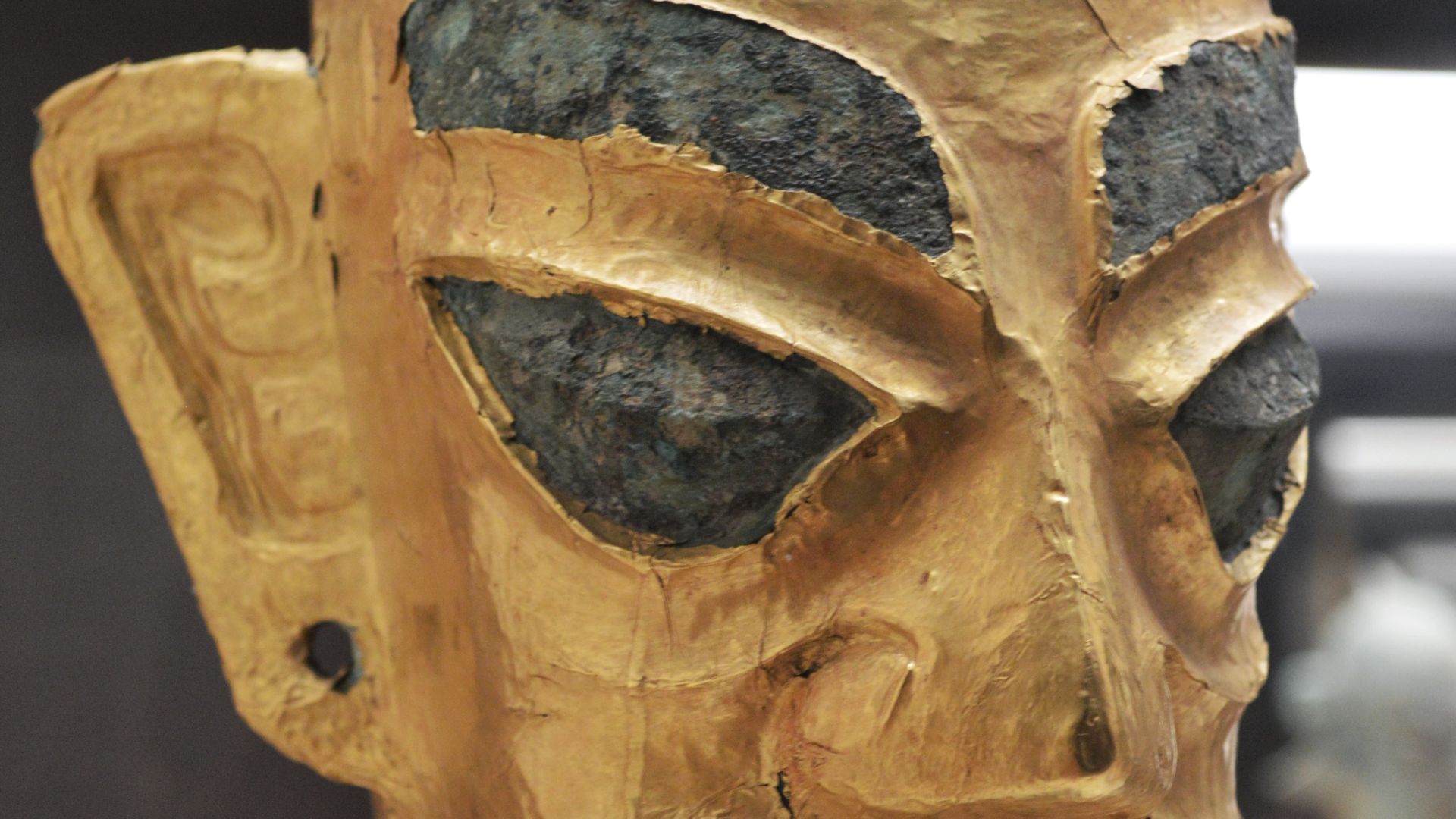 Cyclohexane233, Wikimedia Commons
Cyclohexane233, Wikimedia Commons
A Long-Standing Tradition
Period I was attributed to the Baodun, while Period IV belonged to the state of Ba and the kingdom of Shu. The reason why the culture ended is heavily speculated, with theories including natural disasters—due to evidence of flooding and earthquakes—and invasions.
Dedicated To The Divine
One of the things that are known about the Sanxingdui culture is that they were ruled by one main theocracy, which is an oligarchy that recognizes one or more deities as supreme rulers. Human intermediaries guide their followers through divine guidance and manage governmental affairs.
Placing The Area Into Ancient Contexts
The Sanxingdui culture is considered to be an aspect of the Shu kingdom of ancient China. Chinese researchers have noted that the culture has also been mentioned in several ancient texts. The Shiji and Shujing note that they were allies to the Zhou—and that’s not all.
Written Text Corroborates Artifactual Evidence
Based on an ancient text from the Jin Dynasty (266-420 CE), named the Chronicles of Huayang, a figure named Cancong founded the Shu kingdom. According to the text, Cancong is known to have bulging eyes. This linked his kingdom and the pits even more.
Artistic Choices Denoting Culture
Since many of the objects found at the Sanxingdui pits have protruding or unique eye carvings, it is believed the objects have some sort of connection with the body part. There are also animal-shaped objects, specifically bird- and fish-shaped. It’s believed these are “totems” of different clan figures.
A Well-Organized Ancient City
Overall, the site can be divided into four main areas. The palace is located in the center, with workshops near the Yazi River, and residential ruins near the lower right corner of the walls. To the left of that is the sacrificial area. Those sacrificial pits became a major source of curiosity.
 SANXINGDUI DISCOVERIES - Over 500 New Artifacts Discovered in Six Sacrificial Pits, CGTN LIVE
SANXINGDUI DISCOVERIES - Over 500 New Artifacts Discovered in Six Sacrificial Pits, CGTN LIVE
Adding Surprise To Already Shocking Discoveries
The sacrificial pits weren’t discovered for several decades after the initial excavations began. Workers stumbled across them in 1986, and they were shocked by the sheer number of objects buried carefully at the site. They found the second one almost one month later, 20-30 meters from the first pit.
More Than They Bargained For
In total, there is evidence of six pits at the site. Each of them has consistent characteristics, and all were active during the Shang Dynasty. Researchers also discovered an additional interesting detail about the pits.
The Intent Behind Their Actions
Based on the contents of the pits and the layering of ash, dirt, and objects, researchers came to one conclusion: the pits were all created simultaneously by inhabitants of the area, with objects burned separately and then buried in the pits. The objects they found are equally interesting.
Pits Filled With Expensive Materials
In these pits, researchers have found scorched artifacts made of bronze, ivory, jade, and gold. The objects consisted of gold tables, masks, and belts, and jade axes, tablets, rings, and knives. There were even ivory carvings and clam shells.
Bulging Eyes Were Artistically Distinct
What shocked them was the artistic stylings of the objects—including the bulging eyes. They were entirely different from other ancient Chinese artifacts discovered. Task Rosen of the British Museum even believes the objects are more amazing than the Terracotta Army in Xi’an. But that isn’t all that’s exceptional about the site.
Finding A Needle In A Haystack
Many of the materials archeologists identified in the objects can be expected. Jade, gold, and other materials are commonly used to create objects like those found, but there was one substance they couldn’t identify. At least not until recent technologies revealed its secrets.
A Surprising Material
After investigations were conducted by the Sichuan Research Institute of Cultural Relics and Archeology, they discovered what the material was. They teamed up with the China National Silk Museum, and together, they revealed there was silk present in the pits.
Investigations Began
Some jade and bronze artifacts and ash surrounding the objects had “residue” that had one specific visual cue to its origins. Using morphology, they suspected the fabric was silk, based on the triangular structures of the residual substance. But they also consulted more scientific investigations.
They Needed Technical Verification
They used specialized, “cutting-edge” techniques to take a close look at the residue. After the initial morphological investigation, they used various tests to check the chemical makeup, which revealed silk fibroin, a vital protein in silk.
They Confirmed The Substance
They then used proteomic analysis to verify the material was mulberry silk. The presence of silk in these pits is further supported by one particular practice: sericulture, which included supporting silkworm cultures with mulberry trees.
Ancient Fabric Outlasting Its Burning
Radiocarbon dating established that the silk was burned about 3,148-2,966 years ago. This makes it one of the oldest known samples of silk, with documentation of sericulture going as far back as 5,000 years ago, near the Yangtze River.
The Divine Origins Of Silk
In Chinese myths and legends, silk has a divine origin. According to Confucious and other traditional histories, it was Empress Leizu who created silk after a silkworm cocoon fell into her teacup. She began to remove it by pulling one end of the cocoon, which created something that surprised her.
A Goddess Lauded For Her Discovery
The threads were long and strong, and the Empress noted that they could be woven to create cloth. She watched the silkworm and its life cycle, and then she taught the “art of raising silkworms”—sericulture—to her entourage. Empress Leizu became the goddess of silk.
The Beginning Of A New Technology
The origins of silk weaving have been traced back to her legend. Because she created silk and invented sericulture, Leizu is the focus of worship in modern China. She is even known by the title of “Silkworm Mother”.
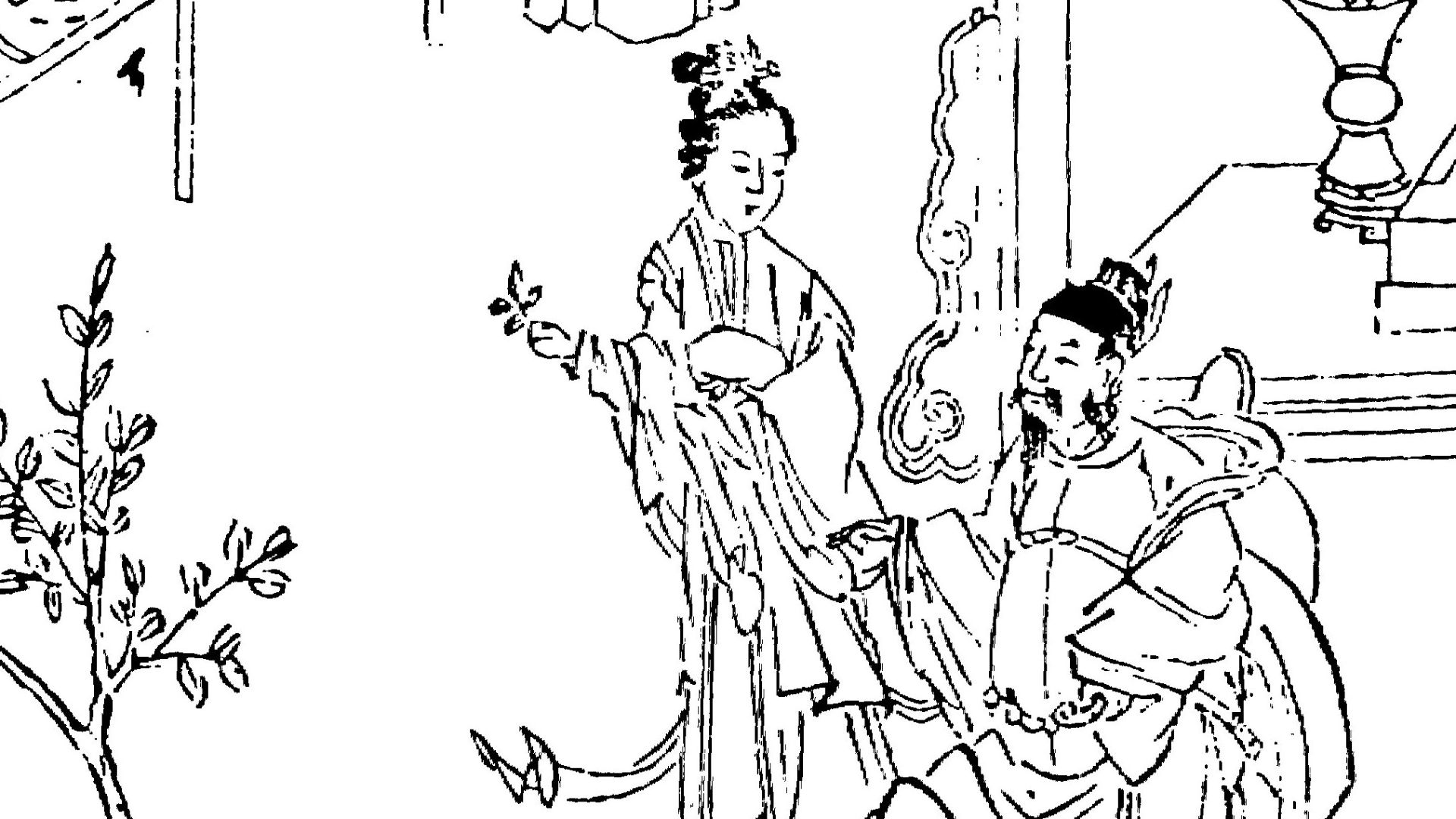 Unknown author, Wikimedia Commons
Unknown author, Wikimedia Commons
Conclusions Based On Historical Record
Researchers have assessed ancient silk production and come to some likely conclusions. Since silk wasn’t easy to acquire or produce, it was likely not considered an everyday fabric used by the masses. There were other peculiar regulations around the fabric.
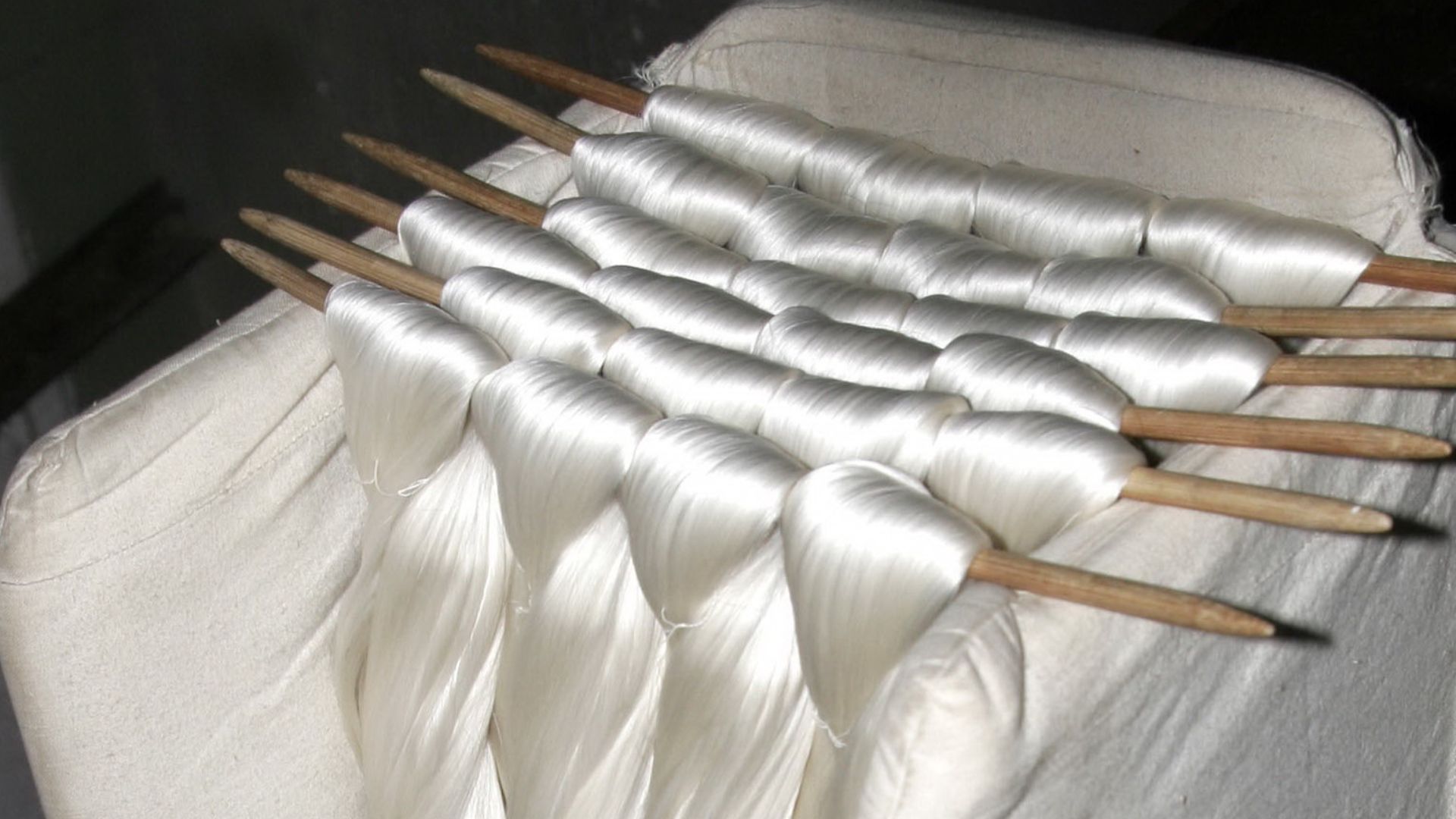 Kuebi = Armin Kubelbeck, Wikimedia Commons
Kuebi = Armin Kubelbeck, Wikimedia Commons
Silk Was Limited And Therefore Desired
Originally, only women were permitted to practice sericulture, which allowed for many to be employed in the industry. There was also a text called the Li Ji which restricted the trade and transport of silk out of China. But another young woman changed that.
A Fondness That Broke The Rules
A princess had been engaged to a prince outside of China. With the regulations in place, she wouldn’t have been permitted to take silk with her to her new home. But she loved the fabric so much that she chose to disregard the imperial regulations on silkworm export.
The Erosion Of These Limits
The Li Ji didn’t only prevent silk from being taken to other countries, it also ruled that only the Imperial family were permitted to use it. It was a very symbolic fabric, denoting immense wealth. But that changed as time went on.
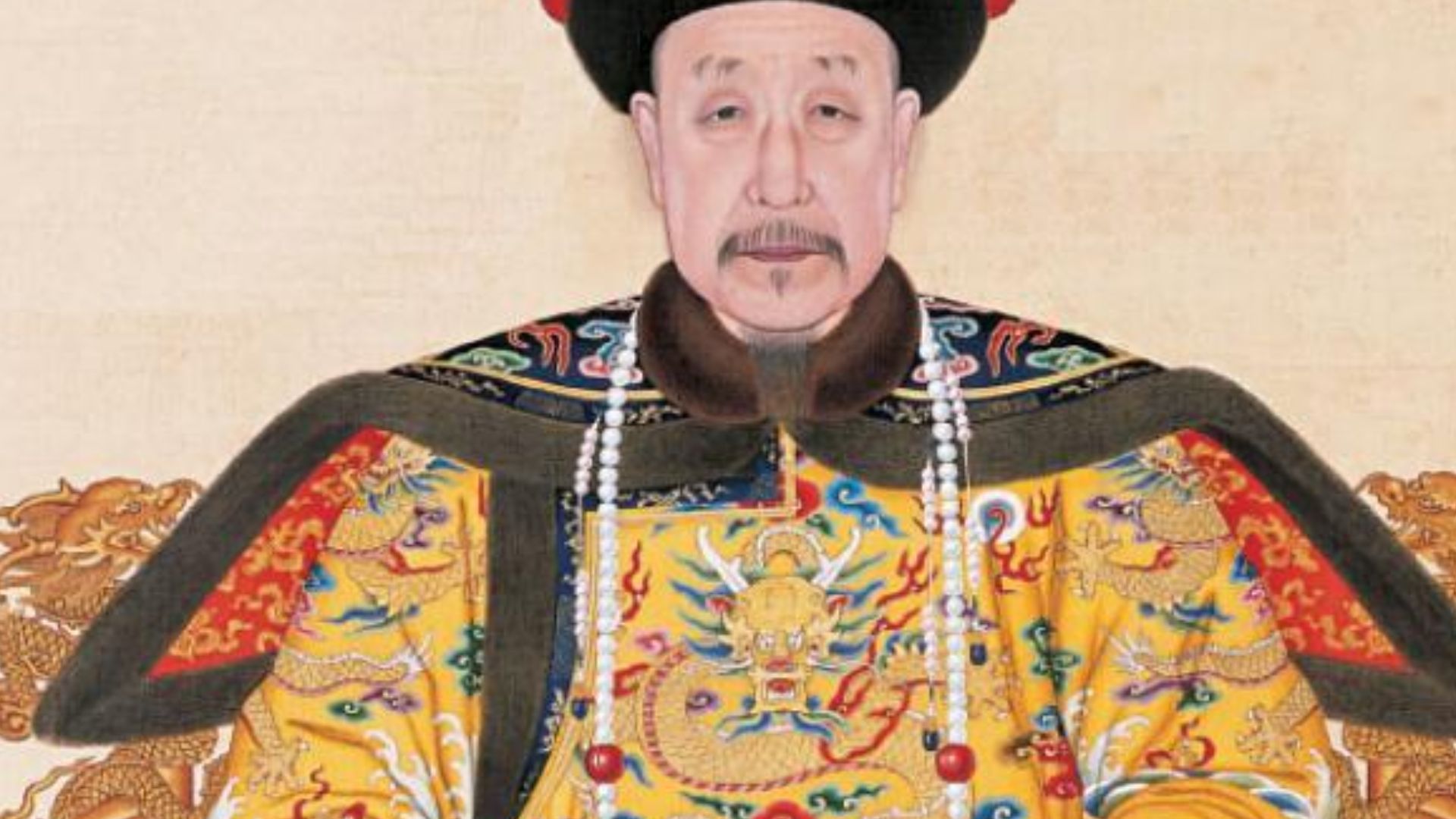 Unidentified painter, Wikimedia Commons
Unidentified painter, Wikimedia Commons
Silk Was Passed Between Hands
Silk became a highly traded material within Chinese culture, and it was used even to pay officials for their efforts and to reward worthy citizens. It became an equivalent to how we view gold today, widely traded with its own monetary standard.
It Traveled The World
Silk was known to be one of the most traded commodities on the Silk Road. Through its international reach, the material has influenced human progress due to its unique properties. With these discoveries and identifications, researchers reinforced something important.
 Kaidor, CC BY-SA 4.0, Wikimedia Commons
Kaidor, CC BY-SA 4.0, Wikimedia Commons
The History Of Silk Is Long
As a textile, silk is one of the longest-used materials in human history. As an organic polymer, it isn’t easy to find early versions of the material. It decays easily when buried, which makes it difficult to find and identify through the usual methods of digging up artifacts.
More Than Just Fabric
The purpose of the silk in these ritual sacrifices became the next question to answer. The archeological discoveries suggested that silk was used as a symbol, implying the connection and communication between Heaven and Earth. They called this the “material carrier” for the rituals.
Divine Origins And Divine Uses
Dr Hu Xia from the Sichuan Research Institute said, “The silk remnants on jade and bronze artifacts were likely employed in religious ceremonies”. She went on to say the silk demonstrated Shu beliefs and the use of the material as a “divine connector”.
Culturally Significant
Researchers have identified other objects at the site as being connected to the four animals representing the four cardinal directions: the Azure Dragon (East), Vermilion Bird (South), White Tiger (West), and Black Tortoise (North). It wouldn’t be unexpected if silk fits into that same train of thought based on its divine origins.
Expressing Internal Aspects Externally
Not only that but the evidence of silk used by the Shu people grants even more insight into historic cultures. Specifically, it allows research to draw connections between silk and faith and cultural identities and how each was expressed. It only makes sense that the fabric would become a source of self-expression for ancient humans.
The Site Becomes A Standard
The Sanxingdui sacrificial pits have become a key reference point for silk. The presence of the material has changed researchers’ understanding of silk’s far-reaching, long-lasting role and legacy in ancient cultures. Even though some of its uses and symbology remain a mystery, researchers are slowly filling in the details.
 SANXINGDUI DISCOVERIES - Over 500 New Artifacts Discovered in Six Sacrificial Pits, CGTN LIVE
SANXINGDUI DISCOVERIES - Over 500 New Artifacts Discovered in Six Sacrificial Pits, CGTN LIVE
Denoting The Abilities Of Ancient China
The evidence of silk in these pits also demonstrates just how capable ancient humans were. They were technologically capable of harvesting and weaving silk into beautiful garments. With the difficulty associated with its creation, it makes sense that it would be not only expensive but reserved for particular people too.
 SANXINGDUI DISCOVERIES - Over 500 New Artifacts Discovered in Six Sacrificial Pits, CGTN LIVE
SANXINGDUI DISCOVERIES - Over 500 New Artifacts Discovered in Six Sacrificial Pits, CGTN LIVE
You May Also Like:
What Life Was Like In Ancient China
Strange Burial Customs Around The World

